Storytelling and Visualization: An Extended Survey
Abstract
:1. Introduction and Motivation
1.1. Definition and Storytelling Elements
1.2. Classification of Literature and Challenges in Storytelling and Visualization
1.3. Classification of Literature: The Second Dimension
- Linear: A story sequence path in linear order is prescribed by the author.
- User-directed path: The user selects a path among multiple alternatives or creates their own path.
- Parallel: several paths can be traversed or visualized at the same time.
- Random access or other: There is no prescribed path. There is currently no literature prescribing random order. Therefore we replace this with a column called “overview”.
1.4. Literature Search Methodology
- IEEE EXPLORE Digital Library
- ACM Digital Library
- Visualization publication data collection [56]
- the annual EuroVis conference
- the Eurographics Digital Library
1.5. Survey Scope
2. Related Work
3. Authoring-Tools for Storytelling and Visualization
3.1. Authoring-Tools for Linear Storytelling
3.2. Authoring-Tools for User-Directed and Interactive Storytelling
3.3. Authoring-Tools for Parallel Storytelling
4. User Engagement
- Expose (Viewing): the user understands how to read and interact with the data.
- Involve (Interacting): the user interacts with the visualization and manipulates the data.
- Analyze (Finding trend): the user analyze the data, finds trends, and outliers.
- Synthesize (Testing Hypotheses): the user is able to form and evaluate hypotheses.
- Decide (Deriving Decisions): the user is able to make decisions and draw conclusions based on evaluations of different hypotheses.
4.1. User Engagement for User-Directed Visualization
5. Narrative Visualization and Storytelling
5.1. Narrative Visualization for Linear Storytelling
5.2. Narrative Visualization for User-Directed and Interactive Storytelling
- Context: Providing context to a visualization enables the user to make sense of the data using additional information. Without a sufficient amount of context, less meaning can be derived from the data, whereas the addition of context gives the user more information to explore the data and begin to understand features found within it. This is made easier by the development of interactive visualizations and the ability for users to choose what layers of information they see.
- Empathy: Although not often associated with information visualization, it has been found that emotive/empathetic visualizations are more memorable and more enjoyable for the user [94].
- Time Narrative: Utilizing the temporal nature of data in visualization allows users to mentally map the data by adding a sense of story flow. This improves user memorability and aids in the understanding of the data [94].
5.3. Narrative Visualization for Storytelling in Parallel
5.4. Narrative Visualization Overviews
6. Static Transitions in Storytelling for Visualization
6.1. Static Transitions for User-Directed and Interactive Storytelling
6.2. Static Transitions for Parallel Storytelling
7. Animated Transitions in Storytelling for Visualization
7.1. Animated Transitions for Linear Storytelling
7.2. Animated Transitions for User-Directed and Interactive Storytelling
8. Memorability for Storytelling and Visualization
8.1. Memorability for Linear Visualization
8.2. Memorability for Parallel Visualization
9. Unsolved Problems and Conclusions
- It is clear that objective measures of user-engagement is a relatively unexplored area of research. Can we derive a mature classification of user engagement activities? Is user engagement something we can clearly define?
- Data preparation and enhancement: Virtually no one has addressed the challenge of data preparation and enhancement for storytelling. Moreover, is storytelling data best captured or derived from an existing data set or software system? Can a standard data file format be developed?
- Narrative visualization for scientific and geo-spatial visualization: Why has there been such an imbalance of research narrative visualization for information visualization but virtually none for scientific and geo-spatial visualization.
- Transitions for scientific visualization: The benefits of static transition versus dynamic transitions in visualization still remains relatively immature.
- Memorability for visualization: What are the key elements for making a memorable visualization? This is still an immature research direction.
- Animated transitions for geo-spatial visualization: Animated transitions for geo-spatial visualization remains an open research direction. This is surprising given the popularity and importance of geo-spatial visualization.
- Interpretation for scientific information, and geo-spatial visualization: Currently no papers to our knowledge focus on the topic of effective interpretation of stories, this topic remains largely unexplored.
Acknowledgments
Author Contributions
Conflicts of Interest
References
- Goldberg, S. The Risks Of Storytelling. National Geographic Magazine, October 2015. [Google Scholar]
- Singer, A. Data Visualization: Your Secret Weapon in Storytelling and Persuasion. Available online: https://www.clickz.com/clickz/column/2378704/data-visualization/your-secret-weapon-in-storytelling-and-persuasion (accessed on 13 March 2018).
- Lidal, E.M.; Natali, M.; Patel, D.; Hauser, H.; Viola, I. Geological Storytelling. Comput. Graph. 2013, 37, 445–459. [Google Scholar] [CrossRef]
- Ward, M.O.; Grinstein, G.; Keim, D. Interactive Data Visualization: Foundations, Techniques, and Applications; CRC Press: Boca Raton, FL, USA, 2010. [Google Scholar]
- Segel, E.; Heer, J. Narrative Visualization: Telling Stories with Data. IEEE Trans. Vis. Comput. Graph. 2010, 16, 1139–1148. [Google Scholar] [CrossRef] [PubMed]
- Dictionary Reference. Available online: http://dictionary.reference.com/browse/story (accessed on 13 March 2018).
- Oxford English Dictionary. Available online: http://www.oed.com/view/Entry/190981?rskey=Wrp9f3&result=1 (accessed on 13 March 2018).
- Zipes, J. Creative Storytelling: Building Community/Changing Lives; Routledge: Abingdon, UK, 2013. [Google Scholar]
- Schell, J. The Art of Game Design: A Book of Lenses; Morgan Kaufmann Publishers Inc.: San Francisco, CA, USA, 2008. [Google Scholar]
- Lee, B.; Riche, N.H.; Isenberg, P.; Carpendale, S. More than Telling a Story: Transforming Data into Visually Shared Stories. IEEE Comput. Graph. Appl. 2015, 35, 84–90. [Google Scholar] [CrossRef] [PubMed]
- Oxford Dictionaries. Available online: http://www.oxforddictionaries.com/definition/english/authorship (accessed on 13 March 2018).
- The Free Dictionary. Available online: http://www.thefreedictionary.com/authorship (accessed on 13 March 2018).
- Rodgers, J. Defining and Experiencing Authorship (s) in the Composition Classroom: Findings from a Qualitative Study of Undergraduate Writing Students at the City University of New York. J. Basic Writ. 2011, 30, 130–155. [Google Scholar]
- Hullman, J.; Drucker, S.; Riche, N.H.; Lee, B.; Fisher, D.; Adar, E. A Deeper Understanding of Sequence in Narrative Visualization. IEEE Trans. Vis. Comput. Graph. 2013, 19, 2406–2415. [Google Scholar] [CrossRef] [PubMed]
- Bateman, S.; Mandryk, R.L.; Gutwin, C.; Genest, A.; McDine, D.; Brooks, C. Useful Junk: The Effects of Visual Embellishment on Comprehension and Memorability of Charts. In Proceedings of the SIGCHI Conference on Human Factors in Computing Systems, Atlanta, GA, USA, 10–15 April 2010; ACM: New York, NY, USA, 2010; pp. 2573–2582. [Google Scholar]
- Gershon, N.; Page, W. What Storytelling Can Do for Information Visualization. Commun. ACM 2001, 44, 31–37. [Google Scholar] [CrossRef]
- Lu, A.; Shen, H.W. Interactive storyboard for overall time-varying data visualization. In Proceedings of the IEEE Pacific Visualization Symposium (PacificVIS’08), Kyoto, Japan, 5–7 March 2008; pp. 143–150. [Google Scholar]
- Cruz, P.; Machado, P. Generative Storytelling for Information Visualization. IEEE Comput. Graph. Appl. 2011, 31, 80–85. [Google Scholar] [CrossRef] [PubMed]
- Wohlfahrt, M. Story Telling Aspects in Medical Applications; Central European Seminar on Computer Graphics: Vienna, Austria, 2006. [Google Scholar]
- Wohlfahrt, M.; Hauser, H. Story Telling for Presentation in Volume Visualization. In Proceedings of the 9th Joint Eurographics/IEEE VGTC Conference on Visualization, Norrköping, Sweden, 23–25 May 2007; Eurographics Association: Aire-la-Ville, Switzerland, 2007; pp. 91–98. [Google Scholar]
- Lidal, E.M.; Hauser, H.; Viola, I. Geological Storytelling: Graphically Exploring and Communicating Geological Sketches. In Proceedings of the International Symposium on Sketch-Based Interfaces and Modeling, Annecy, France, 4–6 June 2012; Eurographics Association: Aire-la-Ville, Switzerland, 2012; pp. 11–20. [Google Scholar]
- Lee, B.; Kazi, R.H.; Smith, G. SketchStory: Telling More Engaging Stories with Data through Freeform Sketching. IEEE Trans. Vis. Comput. Graph. 2013, 19, 2416–2425. [Google Scholar] [PubMed]
- Lundblad, P.; Jern, M. Geovisual Analytics and Storytelling Using HTML5. In Proceedings of the IEEE 17th International Conference Information Visualisation (IV), London, UK, 16–18 July 2013; pp. 263–271. [Google Scholar]
- Fulda, J.; Brehmel, M.; Munzner, T. TimeLineCurator: Interactive Authoring of Visual Timelines from Unstructured Text. IEEE Trans. Vis. Comput. Graph. 2016, 22, 300–309. [Google Scholar] [CrossRef] [PubMed]
- Amini, F.; Riche, N.H.; Lee, B.; Monroy-Hernandez, A.; Irani, P. Authoring Data-Driven Videos with DataClips. IEEE Trans. Vis. Comput. Graph. 2017, 23, 501–510. [Google Scholar] [CrossRef] [PubMed]
- Eccles, R.; Kapler, T.; Harper, R.; Wright, W. Stories in GeoTime. Inf. Vis. 2008, 7, 3–17. [Google Scholar] [CrossRef]
- Kuhn, A.; Stocker, M. CodeTimeline: Storytelling with versioning data. In Proceedings of the IEEE 34th International Conference on Software Engineering (ICSE), Zurich, Switzerland, 2–9 June 2012; pp. 1333–1336. [Google Scholar]
- Figueiras, A. How to Tell Stories Using Visualization. In Proceedings of the IEEE 18th International Conference on Information Visualisation (IV), Paris, France, 16–18 July 2014; p. 18. [Google Scholar]
- Boy, J.; Detienne, F.; Fekete, J.D. Can Initial Narrative VisualizationTechniques and Storytelling help Engage Online-Users with Exploratory Information Visualizations? In Proceedings of the CHI, Seoul, Korea, 18–23 April 2015. [Google Scholar]
- Borkin, M.A.; Bylinskii, Z.; Kim, N.W.; Bainbridge, C.M.; Yeh, C.S.; Borkin, D.; Pfister, H.; Oliva, A. Beyond Memorability: Visualization Recognition and Recall. IEEE Trans. Vis. Comput. Graph. 2016, 22, 519–528. [Google Scholar] [CrossRef] [PubMed]
- Mahyar, N.; Kim, S.H.; Kwon, B.C. Towards a Taxonomy for Evaluating User Engagement in Information Visualization. In Proceedings of the Workshop on Personal Visualization: Exploring Everyday Life, Chicago, IL, USA, October 2015; Volume 3. [Google Scholar]
- Hullman, J.; Diakopoulos, N.; Adar, E. Contextifier: Automatic Generation of Annotated Stock Visualizations. In Proceedings of the SIGCHI Conference on Human Factors in Computing Systems, Paris, France, 27 April–2 May 2013; ACM: New York, NY, USA, 2013; pp. 2707–2716. [Google Scholar]
- Gao, T.; Hullman, J.R.; Adar, E.; Hecht, B.; Diakopoulos, N. NewsViews: An Automated Pipeline for Creating Custom Geovisualizations for News. In Proceedings of the 32nd Annual ACM Conference on Human Factors in Computing Systems, Toronto, ON, Canada, 26 April–1 May 2014; ACM: New York, NY, USA, 2014; pp. 3005–3014. [Google Scholar]
- Amini, F.; Henry Riche, N.; Lee, B.; Hurter, C.; Irani, P. Understanding Data Videos: Looking at Narrative Visualization through the Cinematography Lens. In Proceedings of the 33rd Annual ACM Conference on Human Factors in Computing Systems, Seoul, Korea, 18–23 April 2015; ACM: New York, NY, USA, 2015; pp. 1459–1468. [Google Scholar]
- Bach, B.; Kerracher, N.; Hall, K.W.; Carpendale, S.; Kennedy, J.; Riche, N.H. Telling Stories about Dynamic Networks with Graph Comics. In Proceedings of the Conference on Human Factors in Information Systems (CHI), San Jose, CA, USA, 7–12 May 2016; ACM: New York, NY, USA, 2016. [Google Scholar]
- Viégas, F.B.; Boyd, D.; Nguyen, D.H.; Potter, J.; Donath, J. Digital Artifacts for Remembering and Storytelling: Posthistory and social network fragments. In Proceedings of the IEEE 37th Annual Hawaii International Conference on System Sciences, Big Island, HI, USA, 5–8 January 2004; p. 10. [Google Scholar]
- Hullman, J.; Diakopoulos, N. Visualization Rhetoric: Framing Effects in Narrative Visualization. IEEE Trans. Vis. Comput. Graph. 2011, 17, 2231–2240. [Google Scholar] [CrossRef] [PubMed]
- Figueiras, A. Narrative Visualization: A Case Study of How to Incorporate Narrative Elements in Existing Visualizations. In Proceedings of the IEEE 18th International Conference on Information Visualisation (IV), Paris, France, 16–18 July 2014; pp. 46–52. [Google Scholar]
- Nguyen, P.H.; Xu, K.; Walker, R.; Wong, B.W. Schemaline: Timeline visualization for sensemaking. In Proceedings of the IEEE 18th International Conference on Information Visualisation, Paris, France, 16–18 July 2014; pp. 225–233. [Google Scholar]
- Satyanarayan, A.; Heer, J. Authoring Narrative Visualizations with Ellipsis. In Computer Graphics Forum; Wiley: Chichester, UK, 2014; Volume 33, pp. 361–370. [Google Scholar]
- Gratzl, S.; Lex, A.; Gehlenborg, N.; Cosgrove, N.; Streit, M. From Visual Exploration to Storytelling and Back Again. In Computer Graphics Forum; Wiley: Chichester, UK, 2016; Volume 35, pp. 491–500. [Google Scholar]
- Akaishi, M.; Satoh, K.; Kato, Y.; Hori, K. Narrative Based Topic Visualization for Chronological Data. In Proceedings of the 11th International Conference on Information Visualization (IV’07), Zurich, Switzerland, 4–6 July 2007; pp. 139–144. [Google Scholar]
- Fisher, D.; Hoff, A.; Robertson, G.; Hurst, M. Narratives: A Visualization to Track Narrative Events as They Develop. In Proceedings of the IEEE Symposium on Visual Analytics Science and Technology (VAST’08), Columbus, OH, USA, 19–24 October 2008; pp. 115–122. [Google Scholar]
- Bryan, C.; Ma, K.L.; Woodring, J. Temporal Summary Images: An Approach to Narrative Visualization via Interactive Annotation Generation and Placement. IEEE Trans. Vis. Comput. Graph. 2017, 23, 511–520. [Google Scholar] [CrossRef] [PubMed]
- Ferreira, N.; Poco, J.; Vo, H.T.; Freire, J.; Silva, C.T. Visual Exploration of Big Spatio-temporal Urban Data: A study of new york city taxi trips. IEEE Trans. Vis. Comput. Graph. 2013, 19, 2149–2158. [Google Scholar] [CrossRef] [PubMed]
- Robertson, G.; Fernandez, R.; Fisher, D.; Lee, B.; Stasko, J. Effectiveness of Animation in Trend Visualization. IEEE Trans. Vis. Comput. Graph. 2008, 14, 1325–1332. [Google Scholar] [CrossRef] [PubMed]
- Chen, T.; Lu, A.; Hu, S.M. Visual storylines: Semantic visualization of movie sequence. Comput. Graph. 2012, 36, 241–249. [Google Scholar] [CrossRef]
- Tanahashi, Y.; Ma, K.L. Design Considerations for Optimizing Storyline Visualizations. IEEE Trans. Vis. Comput. Graph. 2012, 18, 2679–2688. [Google Scholar] [CrossRef] [PubMed]
- Liu, S.; Wu, Y.; Wei, E.; Liu, M.; Liu, Y. StoryFlow: Tracking the Evolution of Stories. IEEE Trans. Vis. Comput. Graph. 2013, 19, 2436–2445. [Google Scholar] [PubMed]
- Heer, J.; Robertson, G.G. Animated Transitions in Statistical Data Graphics. IEEE Trans. Vis. Comput. Graph. 2007, 13, 1240–1247. [Google Scholar] [CrossRef] [PubMed]
- Liao, I.; Hsu, W.H.; Ma, K.L. Storytelling via Navigation: A Novel Approach to Animation for Scientific Visualization. In Proceedings of the International Symposium on Smart Graphics, Taipei, Taiwan, 27–29 August 2014; Springer: Berlin, Germany, 2014; pp. 1–14. [Google Scholar]
- Bederson, B.B.; Boltman, A. Does Animation Help Users Build Mental Maps of Spatial Information? In Proceedings of the IEEE Symposium on Information Visualization (Info Vis’ 99), San Francisco, CA, USA, 24–29 October 1999; pp. 28–35. [Google Scholar]
- Akiba, H.; Wang, C.; Ma, K.L. Aniviz: A Template-based Animation Tool for Volume Visualization. IEEE Comput. Graph. Appl. 2010, 30, 61–71. [Google Scholar] [CrossRef] [PubMed]
- Nagel, T.; Pietsch, C.; Dörk, M. Staged Analysis: From Evocative to Comparative Visualizations of Urban Mobility. In Proceedings of the IEEE VIS Arts Program (VISAP’16), Baltimore, Maryland, 23–28 October 2016; pp. 23–30. [Google Scholar]
- Saket, B.; Scheidegger, C.; Kobourov, S.G.; Börner, K. Map-based Visualizations Increase Recall Accuracy of Data. In Computer Graphics Forum; Wiley: Chichester, UK, 2015; Volume 34, pp. 441–450. [Google Scholar]
- Isenberg, P.; Heimerl, F.; Koch, S.; Isenberg, T.; Xu, P.; Stolper, C.; Sedlmair, M.; Chen, J.; Möller, T.; Stasko, J. Visualization Publication Dataset. Available online: http://vispubdata.org/ (accessed on 13 March 2018).
- Santiago, A.D.; Sampaio, P.N.; Fernandes, L.R. MOGRE-Storytelling: Interactive Creation of 3D Stories. In Proceedings of the IEEE XVI Symposium on Virtual and Augmented Reality (SVR), Piata Salvador, Brazil, 12–15 May 2014; pp. 190–199. [Google Scholar]
- Cropper, A.; Luna, R.E.; Mclean, E.L. Scientific Storytelling: From up in the clouds to down to earth a new approach to mentoring. In Proceedings of the IEEE Integrated STEM Education Conference (ISEC), Princeton, NJ, USA, 7 March 2015; pp. 252–257. [Google Scholar]
- Alavesa, P.; Zanni, D. Combining storytelling tradition and pervasive gaming. In Proceedings of the IEEE 5th International Conference on Games and Virtual Worlds for Serious Applications (VS-GAMES), Poole, UK, 11–13 September 2013; pp. 1–4. [Google Scholar]
- Chu, W.T.; Yu, C.H.; Wang, H.H. Optimized Comics-Based Storytelling for Temporal Image Sequences. IEEE Trans. Multimed. 2015, 17, 201–215. [Google Scholar] [CrossRef]
- Correa, C.D.; Ma, K.L. Dynamic Video Narratives. ACM Trans. Graph. 2010, 29, 88. [Google Scholar] [CrossRef]
- Theune, M.; Meijs, K.; Heylen, D.; Ordelman, R. Generating Expressive Speech for Storytelling Applications. IEEE Trans. Audio Speech Lang. Process. 2006, 14, 1137–1144. [Google Scholar] [CrossRef]
- Kandogan, E. Just-in-time Annotation of clusters, Outliers, and Trends in Point-based Data Visualizations. In Proceedings of the 2012 IEEE Conference on Visual Analytics Science and Technology (VAST), Seattle, WA, USA, 14–19 October 2012; pp. 73–82. [Google Scholar]
- Green, H.M.; Warrell, S.T.; Bernard, S.; Formentini, M. Afghanistan: Behind the Front Line. Available online: http://www.gapminder.org/downloads/human-development-trends-2005/ (accessed on 13 March 2018).
- Gapminder. Human Development Trends. 2005. Available online: http://www.gapminder.org/downloads/human-development-trends-2005/ (accessed on 13 March 2018).
- Borkin, M.; Vo, A.; Bylinskii, Z.; Isola, P.; Sunkavalli, S.; Oliva, A.; Pfister, H. What Makes a Visualization Memorable? IEEE Trans. Vis. Comput. Graph. 2013, 19, 2306–2315. [Google Scholar] [CrossRef] [PubMed]
- Ma, K.L.; Liao, I.; Frazier, J.; Hauser, H.; Kostis, H.N. Scientific Storytelling Using Visualization. IEEE Comput. Graph. Appl. 2012, 32, 12–19. [Google Scholar] [PubMed]
- NASA Science Missions. Available online: http://science.nasa.gov/missions (accessed on 13 March 2018).
- NASA Scientific Visualization Studio. Available online: http://svs.gsfc.nasa.gov (accessed on 13 March 2018).
- Tong, C.; Richard, R.; Rita, B.; Robert, S.L.; Kodzo, W.; Aidong, L.; Wang, Y.; Qu, H.; Luo, Q.; Ma, X. Storytelling and Visualization: A Survey. In Proceedings of the 9th International Conference on Information Visualization Theory and Applications (IVAPP), Funchal, Madira, Portugal, 27–29 January 2018. [Google Scholar]
- Plowman, L.; Luckin, R.; Laurillard, D.; Stratfold, M.; Taylor, J. Designing Multimedia for Learning: Narrative Guidance and Narrative Construction. In Proceedings of the SIGCHI conference on Human Factors in Computing Systems, Pittsburgh, PA, USA, 15–20 May 1999; ACM: New York, NY, USA, 1999; pp. 310–317. [Google Scholar]
- Laramee, S.R. How to read a visualization research paper: Extracting the essentials. IEEE Comput. Graph. Appl. 2011, 31, 78–82. [Google Scholar]
- Denning, S. The Springboard: How Storytelling Ignites Action in Knowledge-era Organizations; Routledge: Abingdon, UK, 2001. [Google Scholar]
- Hansen, C.D.; Johnson, C.R. Visualization Handbook; Academic Press: Cambridge, MA, USA, 2011. [Google Scholar]
- Bal, M. Narratology: Introduction to the Theory of Narrative; University of Toronto Press: Toronto, ON, Canada, 1985. [Google Scholar]
- Mroz, L.; Hauser, H. RTVR: A Flexible Java Library for Interactive Volume Rendering. In Proceedings of the IEEE Computer Society Conference on Visualization’01, San Diego, CA, USA, 21–26 October 2001; pp. 279–286. [Google Scholar]
- Gooch, A.; Gooch, B.; Shirley, P.; Cohen, E. A Non-photorealistic Lighting Model for Automatic Technical Illustration. In Proceedings of the 25th Annual Conference on Computer Graphics and Interactive Techniques, Orlando, FL, USA, 19–24 July 1998; ACM: New York, NY, USA, 1998; pp. 447–452. [Google Scholar]
- Haber, R.B.; McNabb, D.A. Visualization Idioms: A Conceptual Model for Scientific Visualization Systems. Vis. Sci. Comput. 1990, 74, 93. [Google Scholar]
- Viola, I. Importance-Driven Expressive Visualization. Ph.D. Thesis, Comenius University Bratislava, Bratislava, Slovakia, 2005. [Google Scholar]
- Donald, M. Prcis of Origins of the Modern Mind: Three Stages in the Evolution of Culture and Cognition. Behav. Brain Sci. 1993, 16, 737–748. [Google Scholar] [CrossRef]
- Li, G.; Cao, X.; Paolantonio, S.; Tian, F. SketchComm: A Tool to Support Rich and Flexible Asynchronous Communication of Early Design Ideas. In Proceedings of the ACM 2012 Conference on Computer Supported Cooperative Work, Seattle, WA, USA, 11–15 February 2012; ACM: New York, NY, USA, 2012; pp. 359–368. [Google Scholar]
- Heer, J.; Viégas, F.B.; Wattenberg, M. Voyagers and Voyeurs: Supporting Asynchronous Collaborative Information Visualization. In Proceedings of the SIGCHI Conference on Human Factors in Computing Systems, San Jose, CA, USA, 28 April–3 May 2007; ACM: New York, NY, USA, 2007; pp. 1029–1038. [Google Scholar]
- Ogawa, M.; Ma, K.L. Software Evolution Storylines. In Proceedings of the 5th International Symposium on Software Visualization, Salt Lake City, UT, USA, 25–26 October 2010; ACM: New York, NY, USA, 2010; pp. 35–42. [Google Scholar]
- Ogawa, M.; Ma, K.L. Code_swarm: A design study in organic software visualization. IEEE Trans. Vis. Comput. Graph. 2009, 15, 1097–1104. [Google Scholar] [CrossRef] [PubMed]
- Begel, A.; Khoo, Y.P.; Zimmermann, T. Codebook: Discovering and Exploiting Relationships in Software Repositories. In Proceedings of the 2010 ACM/IEEE 32nd International Conference on Software Engineering, Cape Town, South Africa, 2–8 May 2010; Volume 1, pp. 125–134. [Google Scholar]
- Bloom, B.S. Taxonomy of Educational Objectives: The Classification of Educational Goals. Handbook 1–2; Longmans: Harlow, UK; McKay: Philadelphia, PA, USA, 1974. [Google Scholar]
- Gotz, D.; Wen, Z. Behavior-driven Visualization Recommendation. In Proceedings of the 14th International Conference on Intelligent User Interfaces, Sanibel Island, FL, USA, 8–11 February 2009; ACM: New York, NY, USA, 2009; pp. 315–324. [Google Scholar]
- Black, J.B.; Bower, G.H. Episodes as Chunks in Narrative Memory. J. Verbal Learn. Verbal Behav. 1979, 18, 309–318. [Google Scholar] [CrossRef]
- Herman, I.; Melançon, G.; Marshall, M.S. Graph Visualization and Navigation in Information Visualization: A survey. IEEE Trans. Vis. Comput. Graph. 2000, 6, 24–43. [Google Scholar] [CrossRef]
- Boyd, D.; Lee, H.Y.; Ramage, D.; Donath, J. Developing Legible Visualizations for Online Social Spaces. In Proceedings of the IEEE 35th Annual Hawaii International Conference on System Sciences (HICSS), Big Island, HI, USA, 10 January 2002; pp. 1060–1069. [Google Scholar]
- Donath, J.S. Visual Who: Animating the affinities and activities of an electronic community. In Proceedings of the Third ACM International Conference on Multimedia, San Francisco, CA, USA, 5–9 November 1995; ACM: New York, NY, USA, 1995; pp. 99–107. [Google Scholar]
- Bloch, M.S.; McLean, A. Mapping America: Every City, Every Block. Available online: http://projects.nytimes.com/census/2010/explorer (accessed on 13 March 2018).
- McCandless, D. Poll Dancing: How Accurate are Poll Predictions. Available online: http://www.guardian.co.uk/news/datablog/2010/may/06/general-election-2010-opinion-polls-information-beautiful# (accessed on 13 March 2018).
- Kosara, R.; Mackinlay, J. Storytelling: The Next Step for Visualization. Computer 2013, 46, 44–50. [Google Scholar] [CrossRef]
- Pirolli, P.; Card, S. The Sensemaking Process and Leverage Points for Analyst Technology as Identified through Cognitive Task Analysis. In Proceedings of the International Conference on Intelligence Analysis, McLean, VA, USA, 2–6 May 2005; Volume 5, pp. 2–4. [Google Scholar]
- Dubinko, M.; Kumar, R.; Magnani, J.; Novak, J.; Raghavan, P.; Tomkins, A. Visualizing Tags over Time. ACM Trans. Web 2007, 1, 7. [Google Scholar] [CrossRef]
- Swan, R.; Jensen, D. TimeMines: Constructing Timelines with Statistical Models of Word Usage. In Proceedings of the KDD-2000 Workshop on Text Mining, Boston, MA, USA, 20–23 August 2000; pp. 73–80. [Google Scholar]
- Van Wijk, J.J.; Van Selow, E.R. Cluster and Calendar Based Visualization of Time Series Data. In Proceedings of the IEEE Symposium on Information Visualization (Info Vis’ 99), San Francisco, CA, USA, 24–29 October 1999; pp. 4–9. [Google Scholar]
- Oxford Living Dictionaries. Available online: https://en.oxforddictionaries.com/definition/narrative (accessed on 13 March 2018).
- Bond, B. Steroids or Not, the Pursuit Is On. Available online: http://www.nytimes.com/2006/04/02/sports/20060402_BONDS_GRAPHIC.html (accessed on 13 March 2018).
- Cox, A. Budget Forecasts VS. Reality. Available online: http://www.nytimes.com/interactive/2010/02/02/us/politics/20100201-budget-porcupine-graphic.html (accessed on 13 March 2018).
- Heer, A.H.J.; Agrawala, M. Minnesota Employment Explorer. Available online: http://minnesota.publicradio.org/projects/2008/07/16_minnesota_Slowdown (accessed on 13 March 2018).
- Dictionary, O.E. Oxford Living Dictionaries. Available online: http://www.oxforddictionaries.com/definition/english/transition (accessed on 13 March 2018).
- Veloso, M.; Phithakkitnukoon, S.; Bento, C. Urban Mobility Study Using Taxi Traces. In Proceedings of the 2011 International Workshop on Trajectory Data Mining and Analysis, Beijing, China, 18 September 2011; ACM: New York, NY, USA, 2011; pp. 23–30. [Google Scholar]
- Veloso, M.; Phithakkitnukoon, S.; Bento, C.; Fonseca, N.; Olivier, P. Exploratory Study of Urban Flow Using Taxi Traces. In Proceedings of the First Workshop on Pervasive Urban Applications (PURBA) in conjunction with Pervasive Computing, San Francisco, CA, USA, 12–15 June 2011. [Google Scholar]
- Liao, Z.; Yu, Y.; Chen, B. Anomaly Detection in GPS Data Based on Visual Analytics. In Proceedings of the 2010 IEEE Symposium on Visual Analytics Science and Technology (VAST), Salt Lake City, UT, USA, 25–26 October 2010; pp. 51–58. [Google Scholar]
- Rosling, H. TED 2006. Available online: http://www.gapminder.org/video/talks/ted-2006--debunking-myth-about-the-third-world.html (accessed on 13 March 2018).
- Rosling, H. TED 2007. Available online: http://www.gapminder.org/video/talks/ted-2007--the-seemingly-impossible-is-possible.html (accessed on 13 March 2018).
- Tufte, E. Envisioning Information; Graphics Press: Cheshire, CT, USA, 1990. [Google Scholar]
- Tversky, B.; Morrison, J.B.; Betrancourt, M. Animation: Can It Facilitate? Int. J. Hum. Comput. Stud. 2002, 57, 247–262. [Google Scholar] [CrossRef]
- Baudisch, P.; Tan, D.; Collomb, M.; Robbins, D.; Hinckley, K.; Agrawala, M.; Zhao, S.; Ramos, G. Phosphor: Explaining Transitions in the User Interface Using Afterglow Effects. In Proceedings of the 19th Annual ACM Symposium on User Interface Software and Technology, Montreux, Switzerland, 15–18 October 2006; ACM: New York, NY, USA, 2006; pp. 169–178. [Google Scholar]
- Yahiaoui, I.; Merialdo, B.; Huet, B. Automatic video summarization. Proc. CBMIR Conf. 2001. [Google Scholar] [CrossRef]
- Ogievetsky, V. Plotweaver Xkcd/657 Creation Tool. 2009. Available online: https://graphics.stanford.edu/wikis/cs448b-09-fall/FP-OgievetskyVadim (accessed on 13 March 2018).
- Gonzalez, C. Animation in User Interface Design for Decision Making: A Research Framework and Empirical Analysis; Texas Tech University: Lubbock, TX, USA, 1995. [Google Scholar]
- Gonzalez, C. Does Animation in User Interfaces Improve Decision Making? In Proceedings of the SIGCHI Conference on Human Factors in Computing Systems, Vancouver, BC, Canada, 13–18 April 1996; ACM: New York, NY, USA, 1996; pp. 27–34. [Google Scholar]
- Donskoy, M.; Kaptelinin, V. Window Navigation with and without Animation: A Comparison of Scroll Bars, Zoom, and Fisheye View. In Proceedings of the CHI’97 Extended Abstracts on Human Factors in Computing Systems, Atlanta, Georgia, 22–27 March 1997; ACM: New York, NY, USA, 1997; pp. 279–280. [Google Scholar]
- Childs, H.; Brugger, E.; Bonnell, K.; Meredith, J.; Miller, M.; Whitlock, B.; Max, N. A Contract Based System for Large Data Visualization. In Proceedings of the IEEE Visualization (VIS 05), Minneapolis, MN, USA, 23–28 October 2005; pp. 191–198. [Google Scholar]
- Correa, C.; Silver, D. Dataset Traversal with Motion-controlled Transfer Functions. In Proceedings of the IEEE Visualization (VIS 05), Minneapolis, MN, USA, 23–28 October 2005; pp. 359–366. [Google Scholar]
- Dictionary, O.E. Oxford Living Dictionaries. Available online: http://www.oxforddictionaries.com/definition/english/memory (accessed on 13 March 2018).
- Holmes, N. Designer’s Guide to Creating Charts and Diagrams; Watson-Guptill: New York, NY, USA, 1984. [Google Scholar]
- Blasio, A.J.; Bisantz, A.M. A Comparison of the Effects of Data ink Ratio on Performance with Dynamic Displays in A Monitoring Task. Int. J. Ind. Ergon. 2002, 30, 89–101. [Google Scholar] [CrossRef]
- Gambrell, L.B.; Jawitz, P.B. Mental Imagery, Text Illustrations, and Children’s Story Comprehension and Recall. Read. Res. Q. 1993, 28, 265–276. [Google Scholar] [CrossRef]
- Blascheck, T.; Kurzhals, K.; Raschke, M.; Burch, M.; Weiskopf, D.; Ertl, T. State-of-the-art of Visualization for Eye Tracking Data. In Proceedings of the EuroVis, Swansea, Wales, 9–13 June 2014; Volume 2014. [Google Scholar]
- Isola, P.; Parikh, D.; Torralba, A.; Oliva, A. Understanding the Intrinsic Memorability of Images. In Proceedings of the Advances in Neural Information Processing Systems, Granada, Spain, 12–15 December 2011; pp. 2429–2437. [Google Scholar]
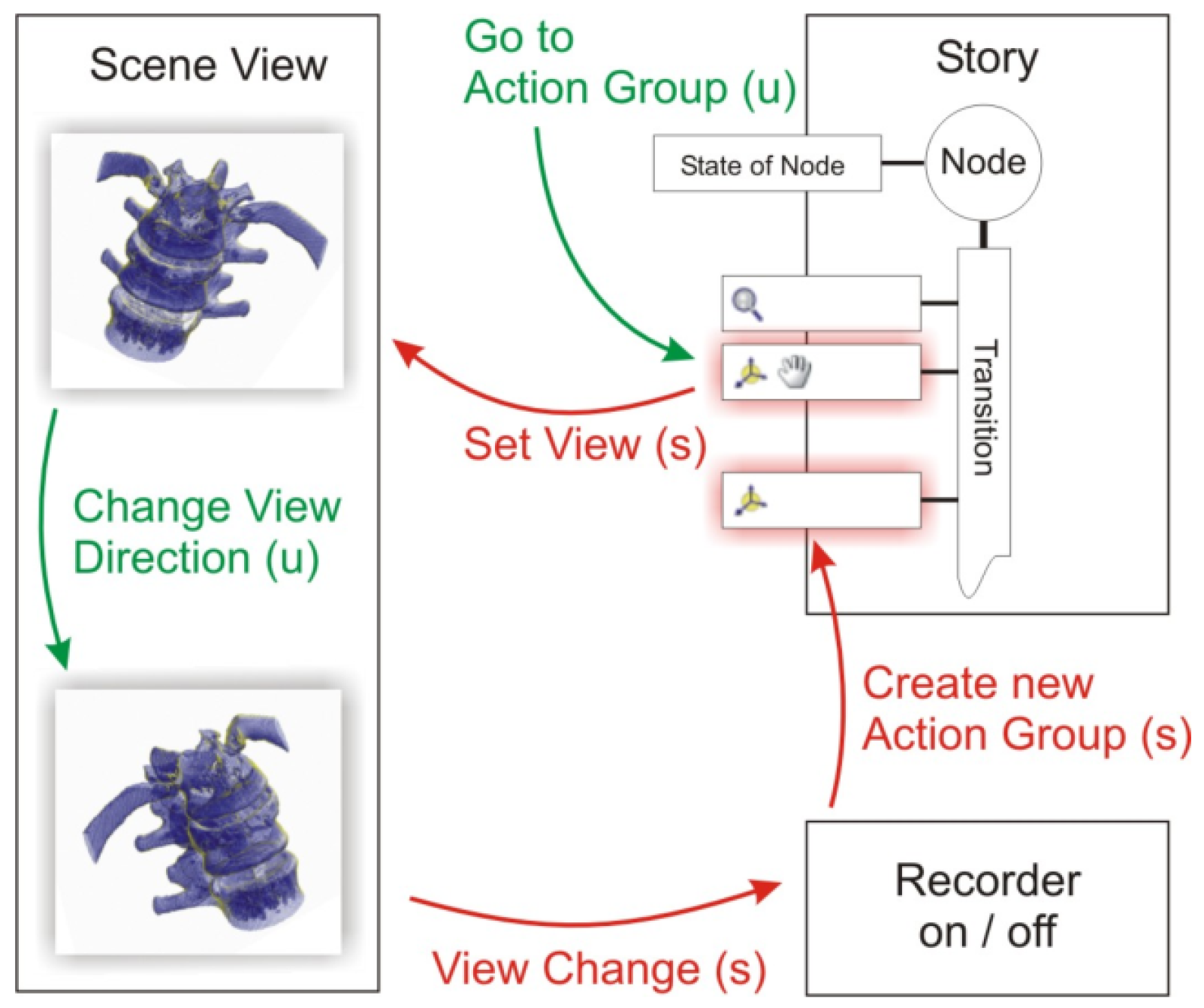
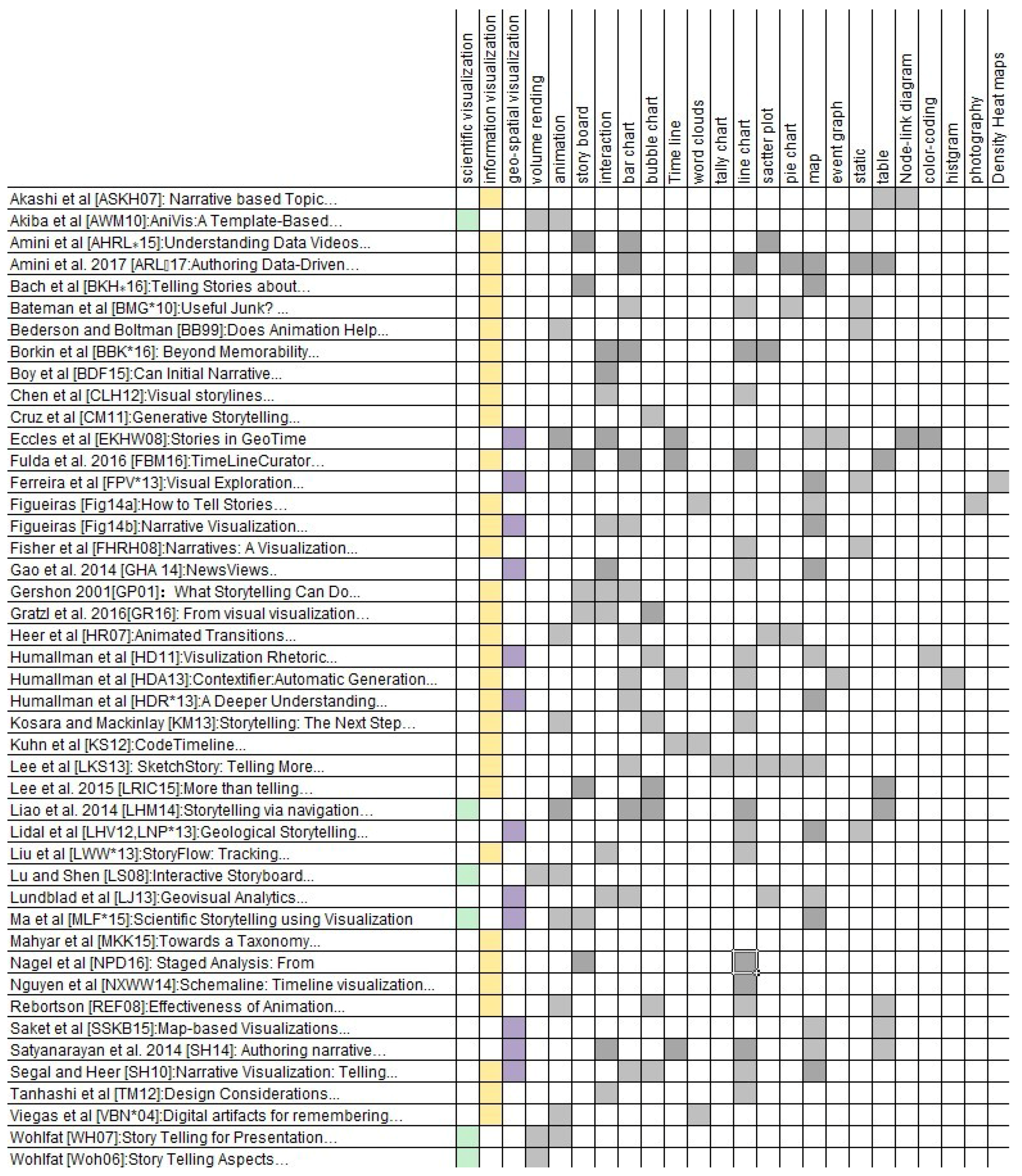
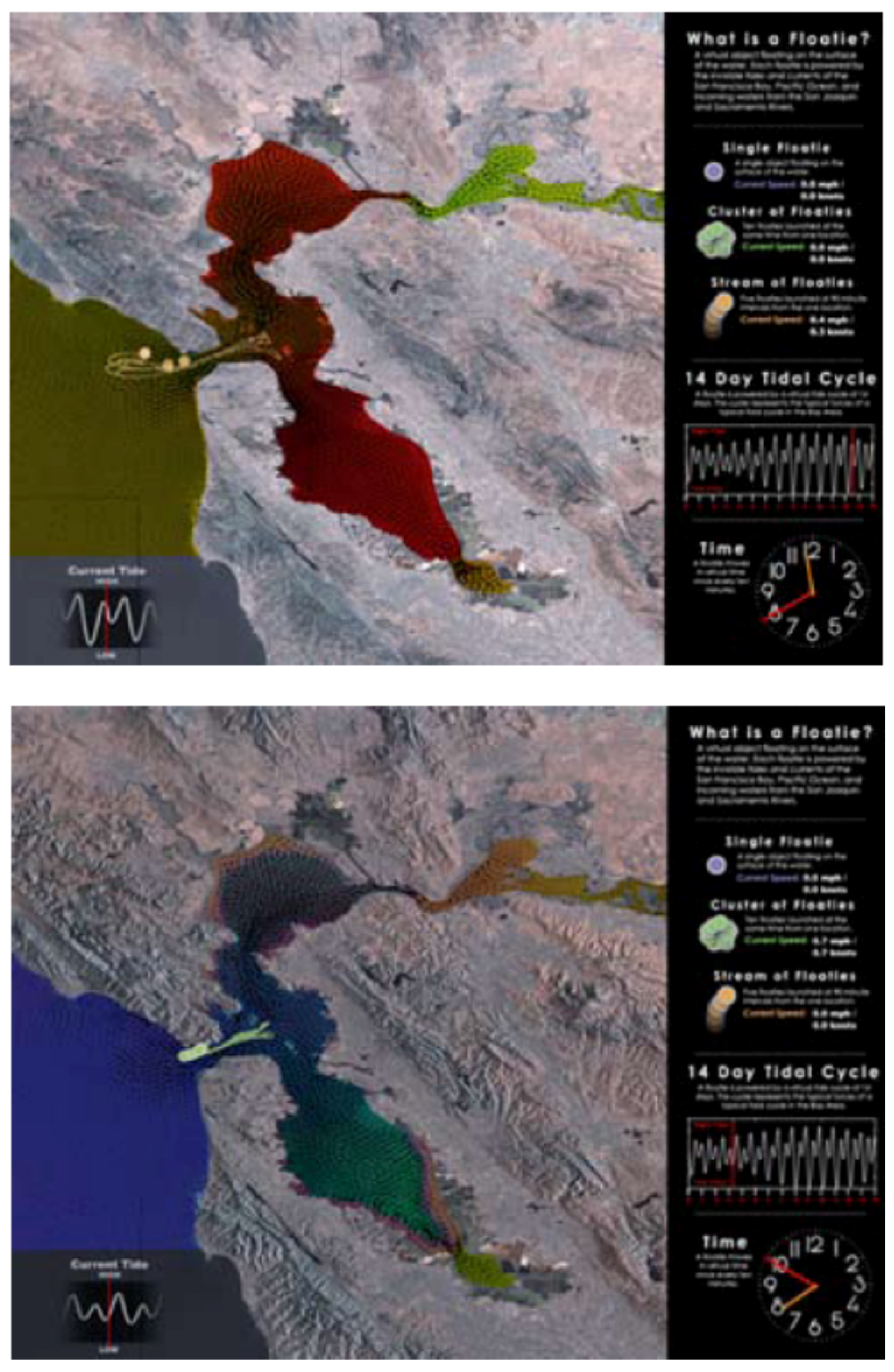
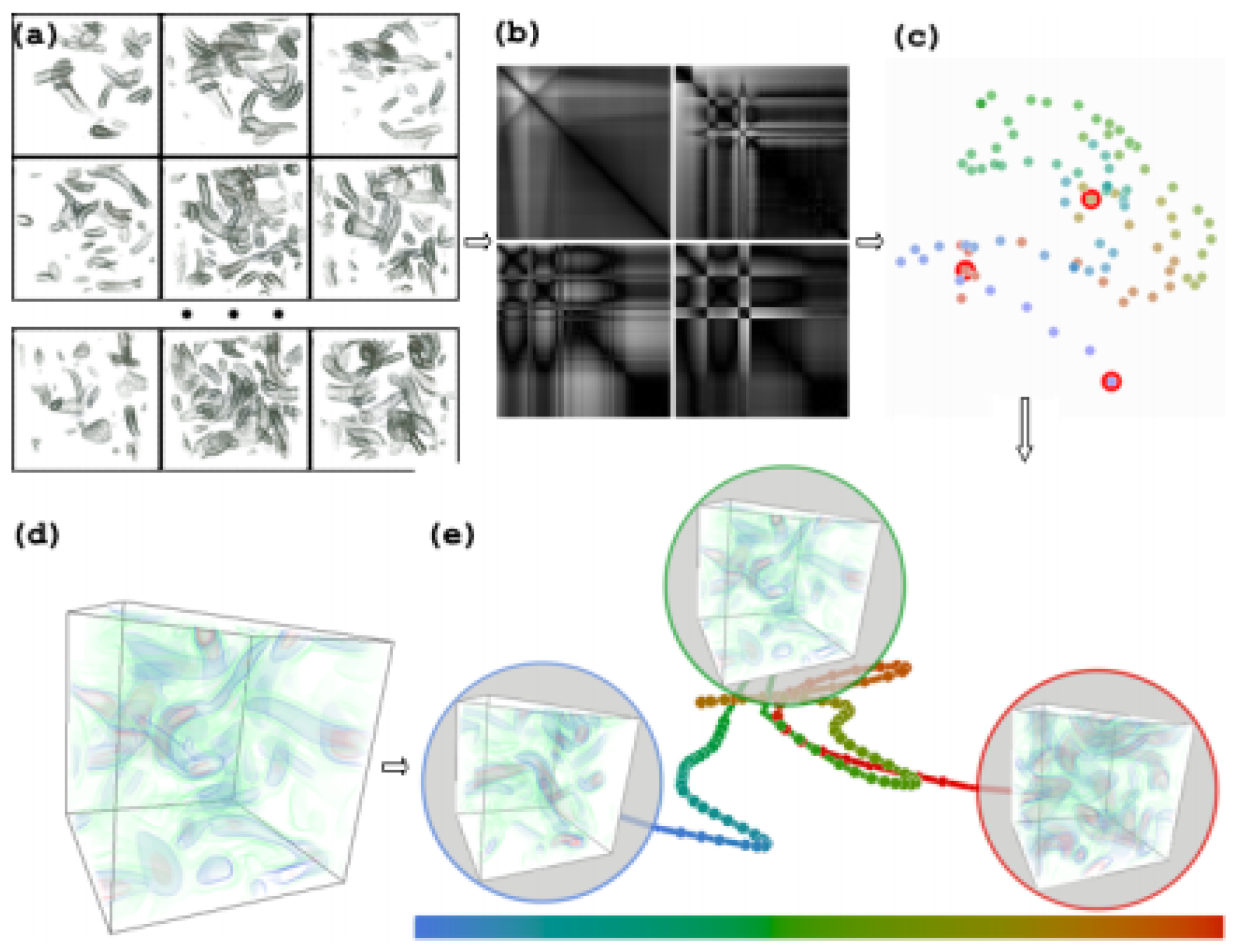
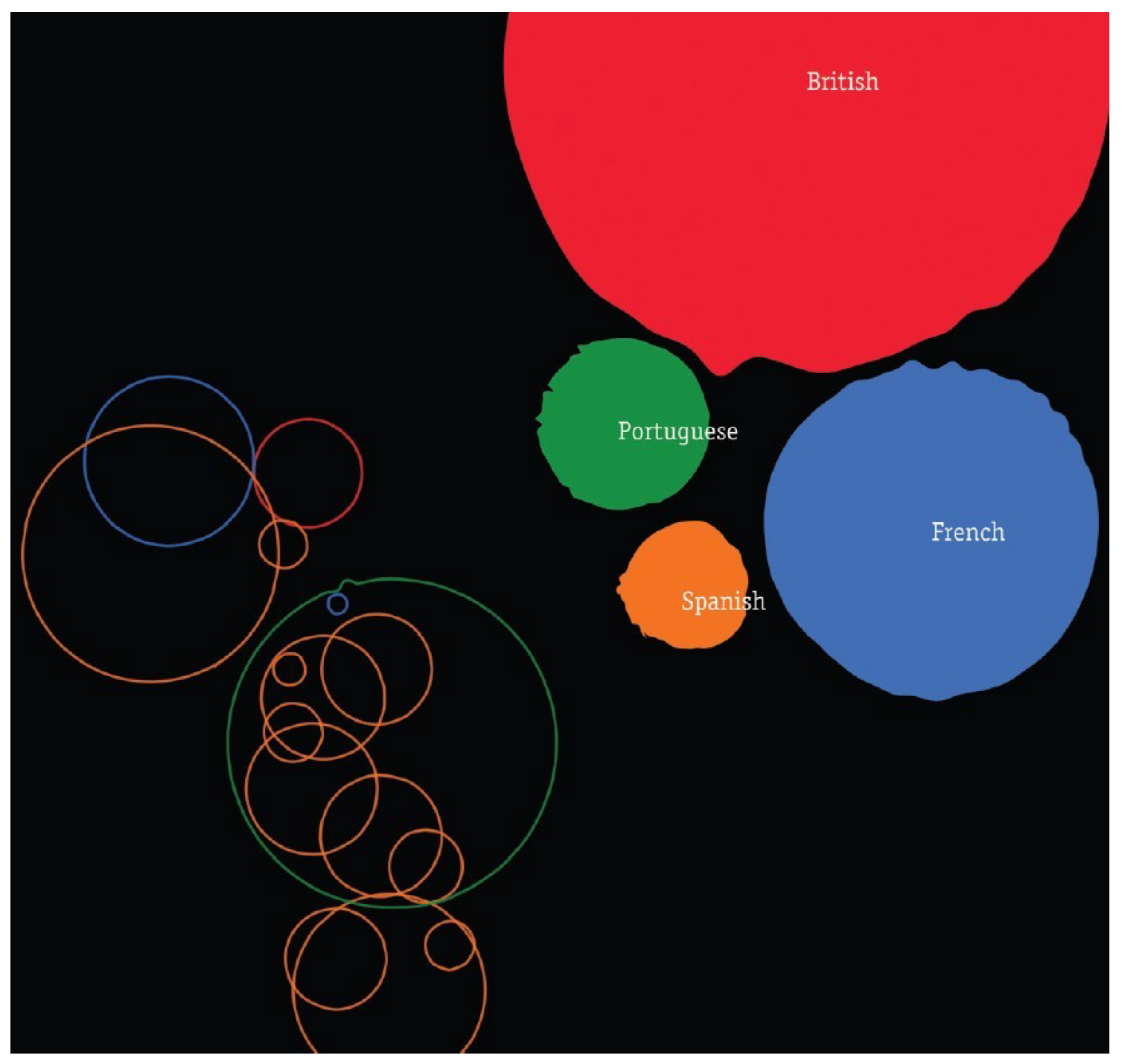
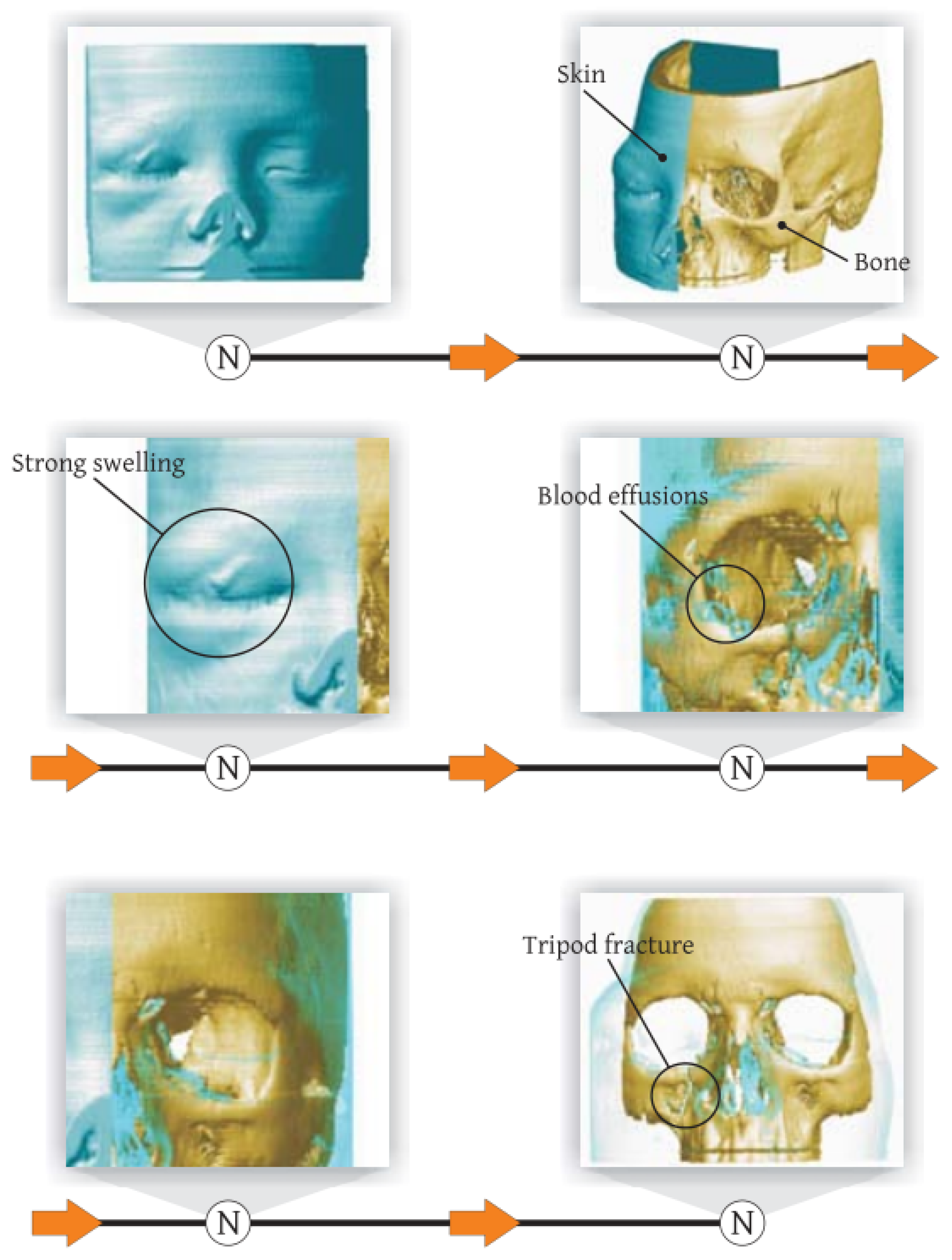
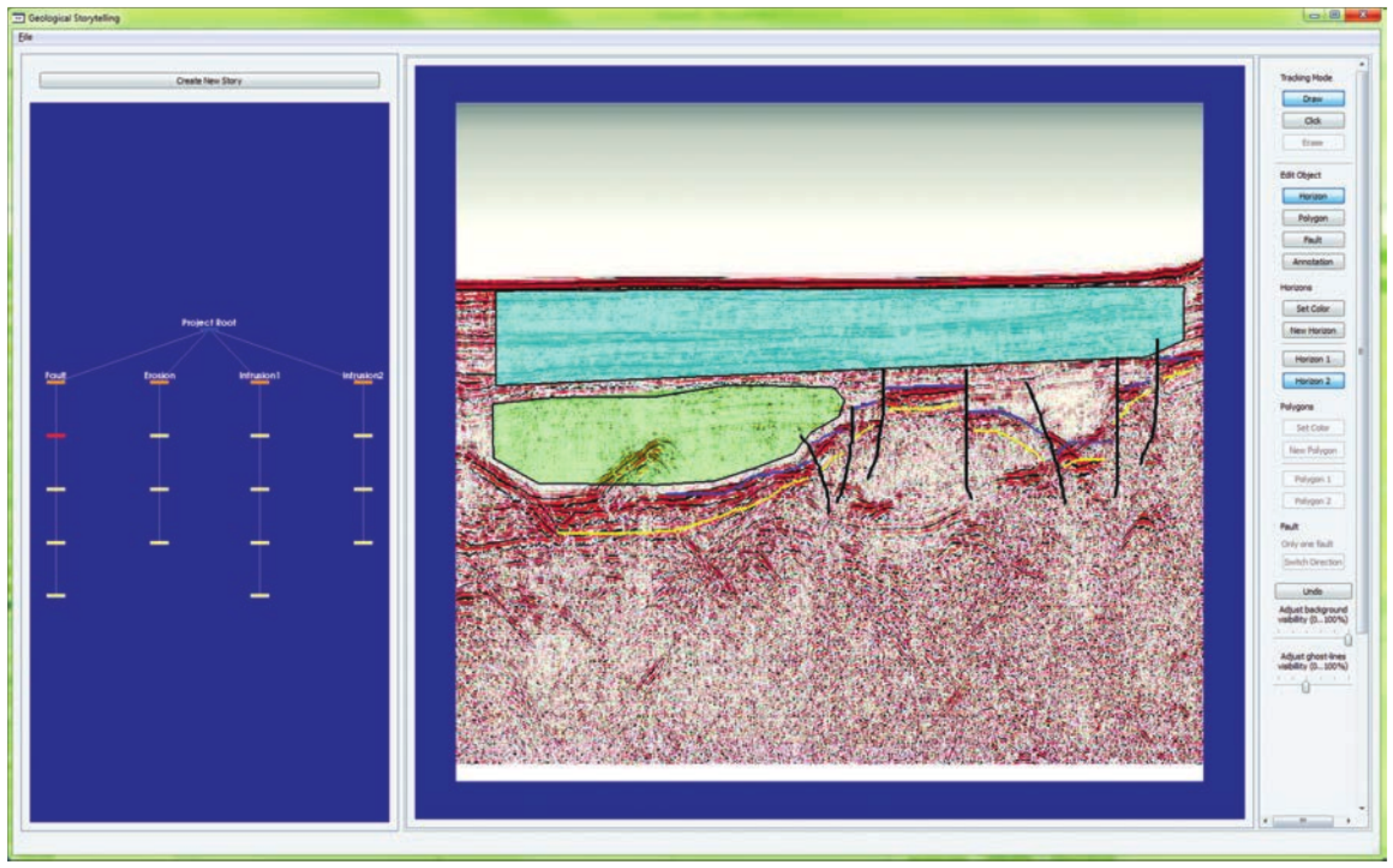

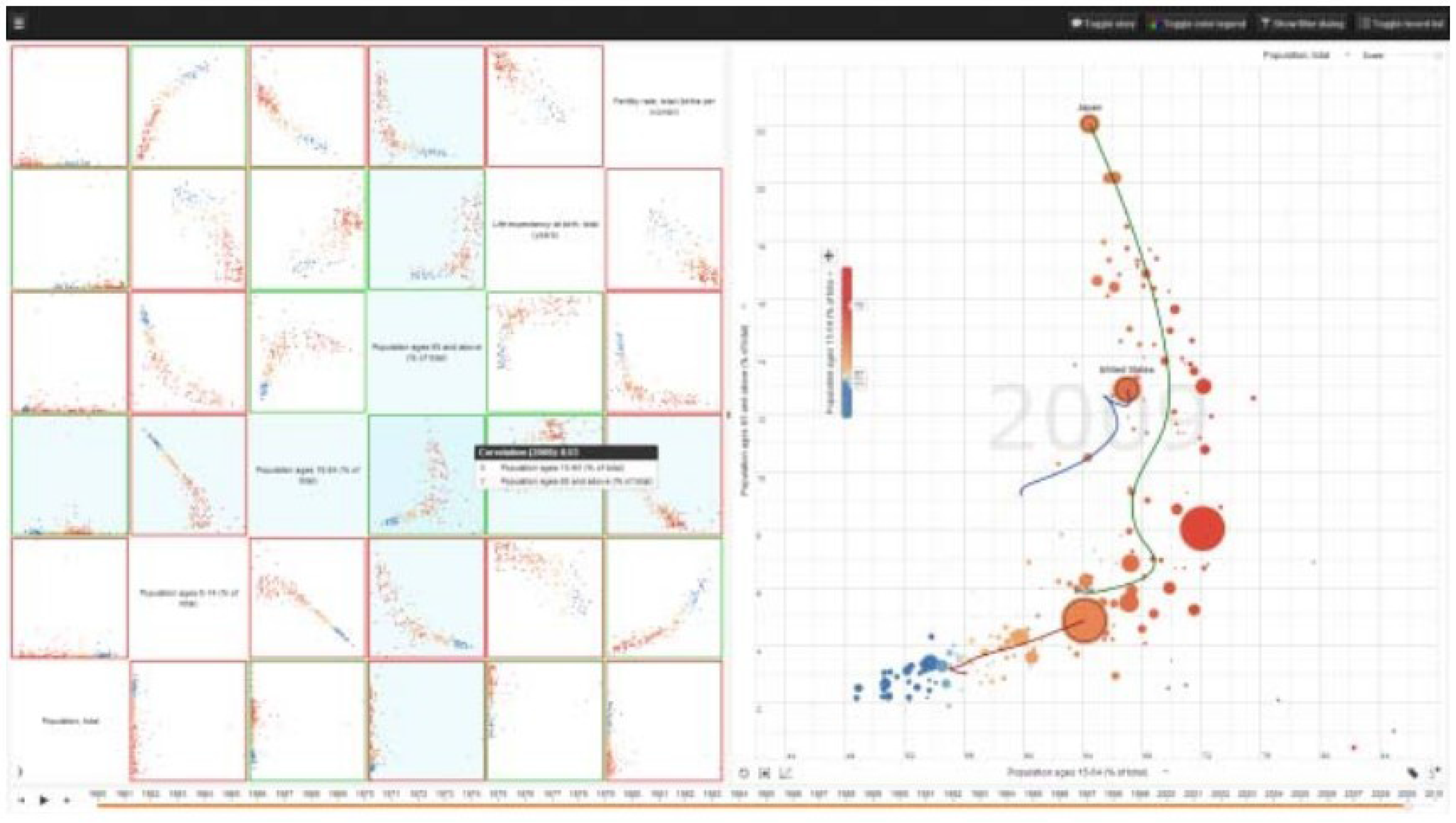
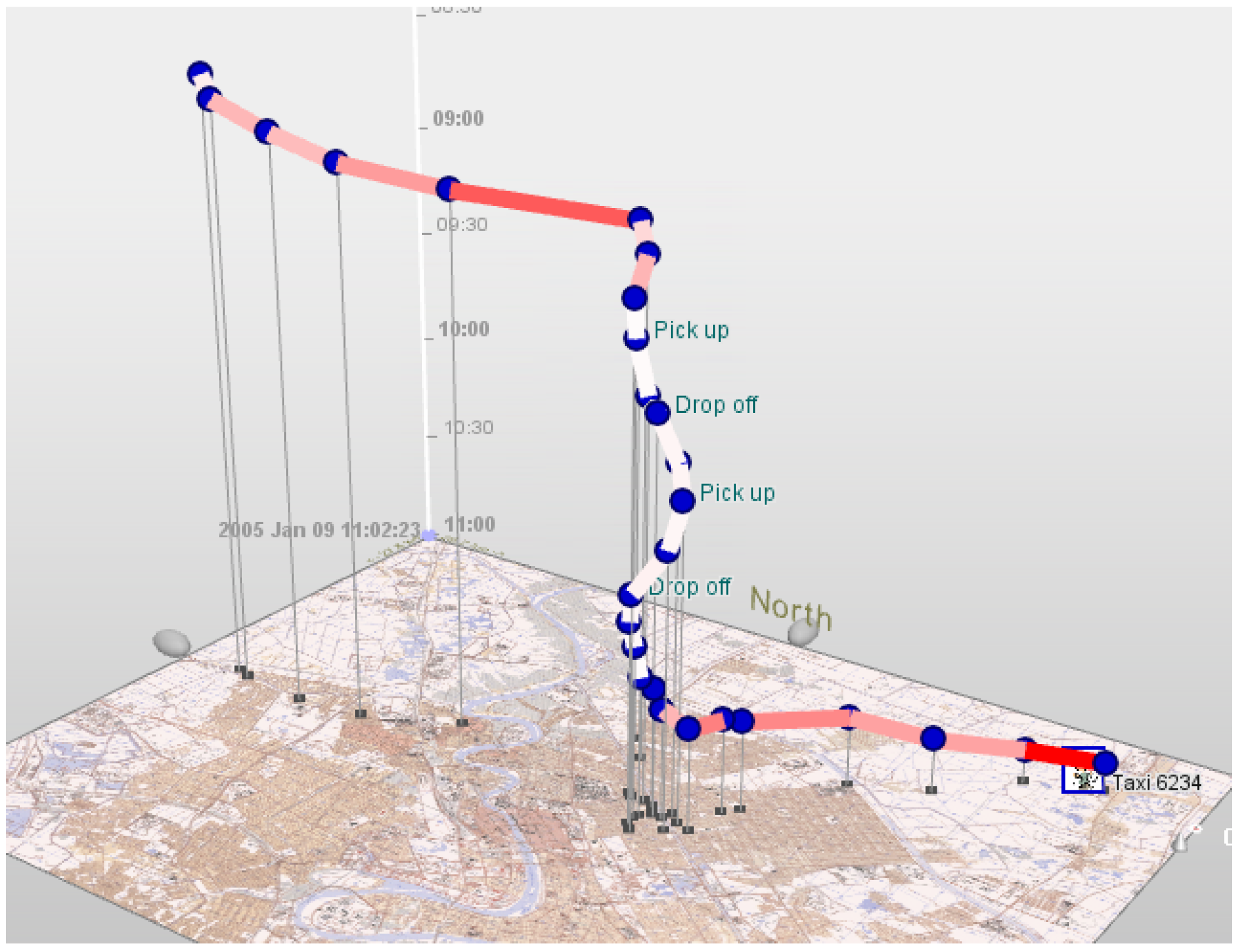
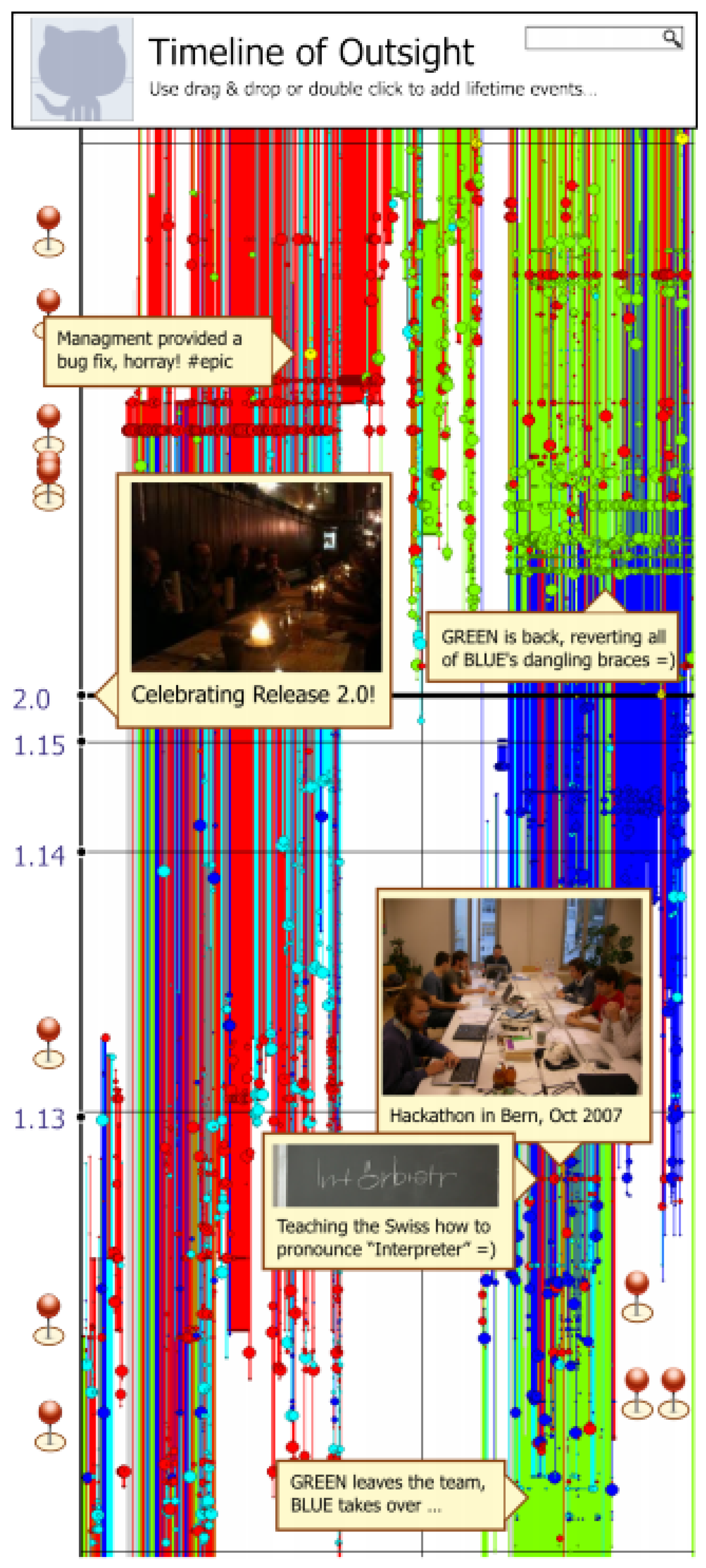

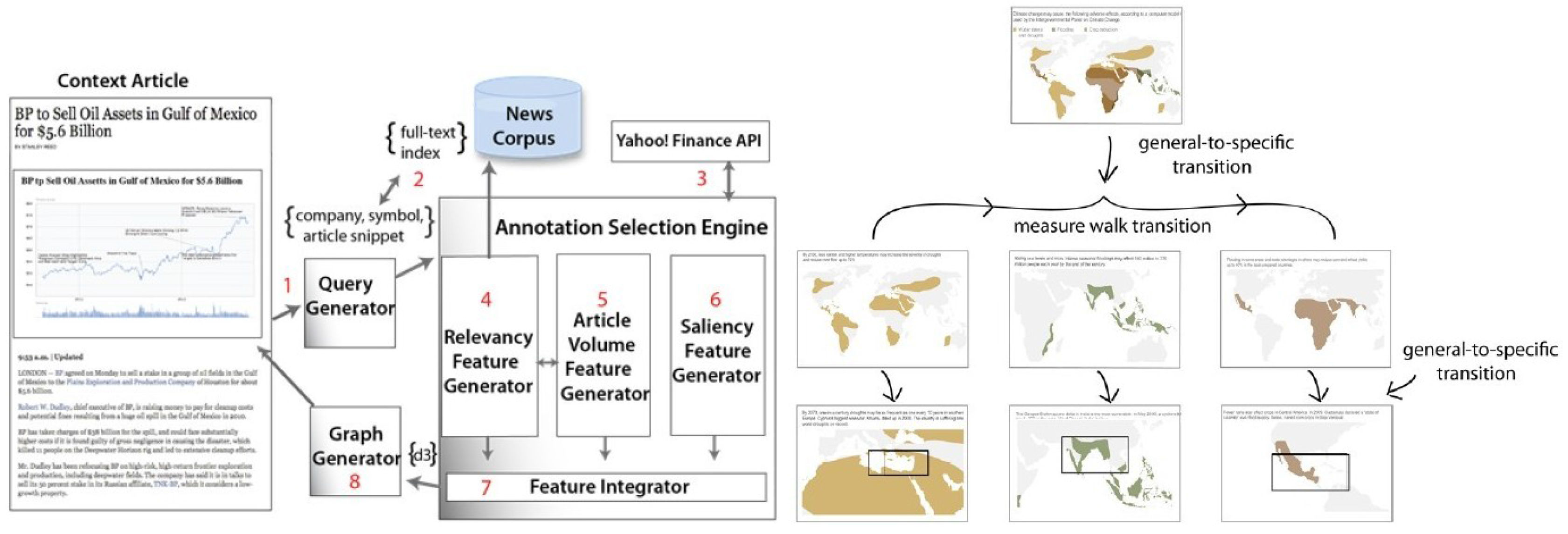
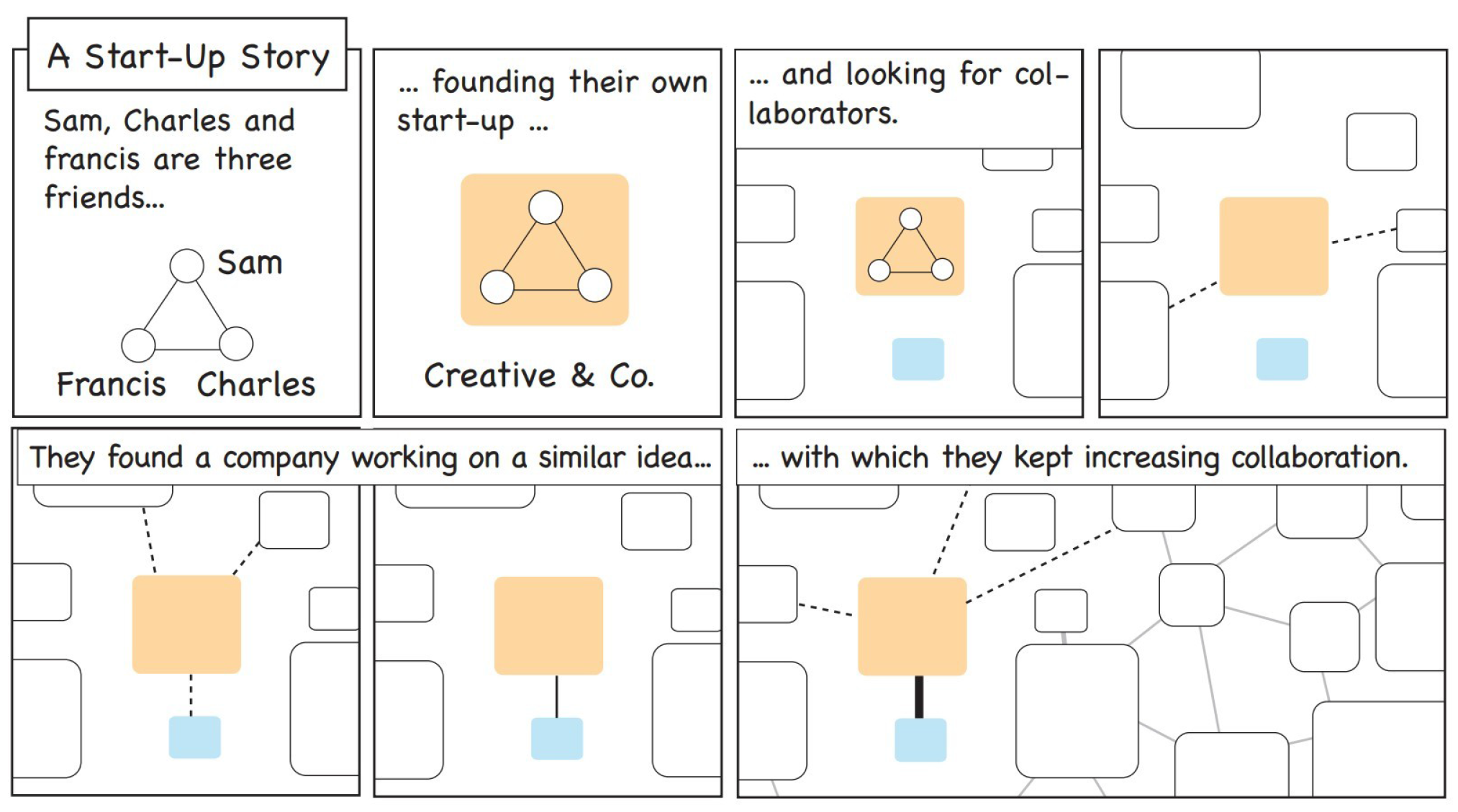
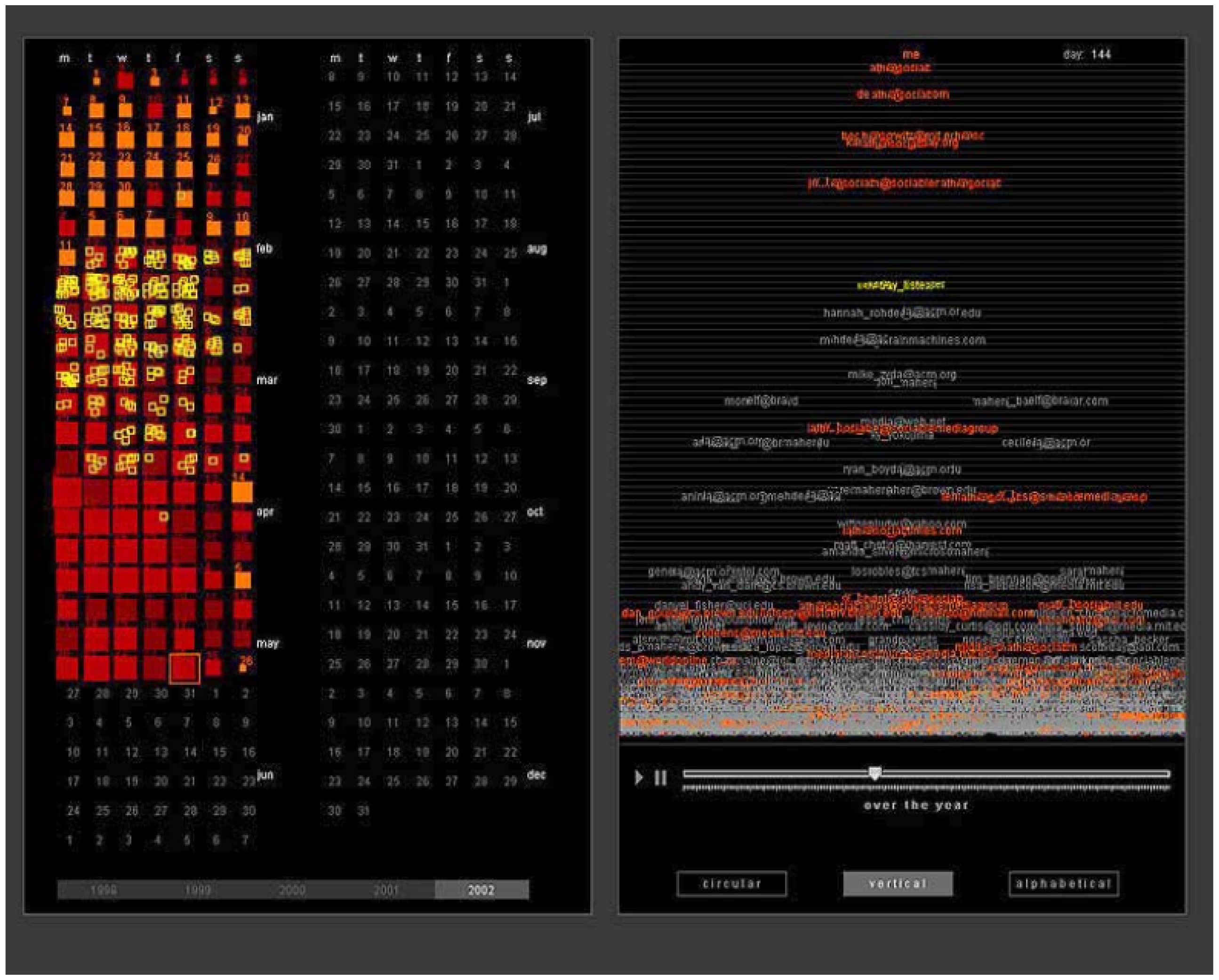

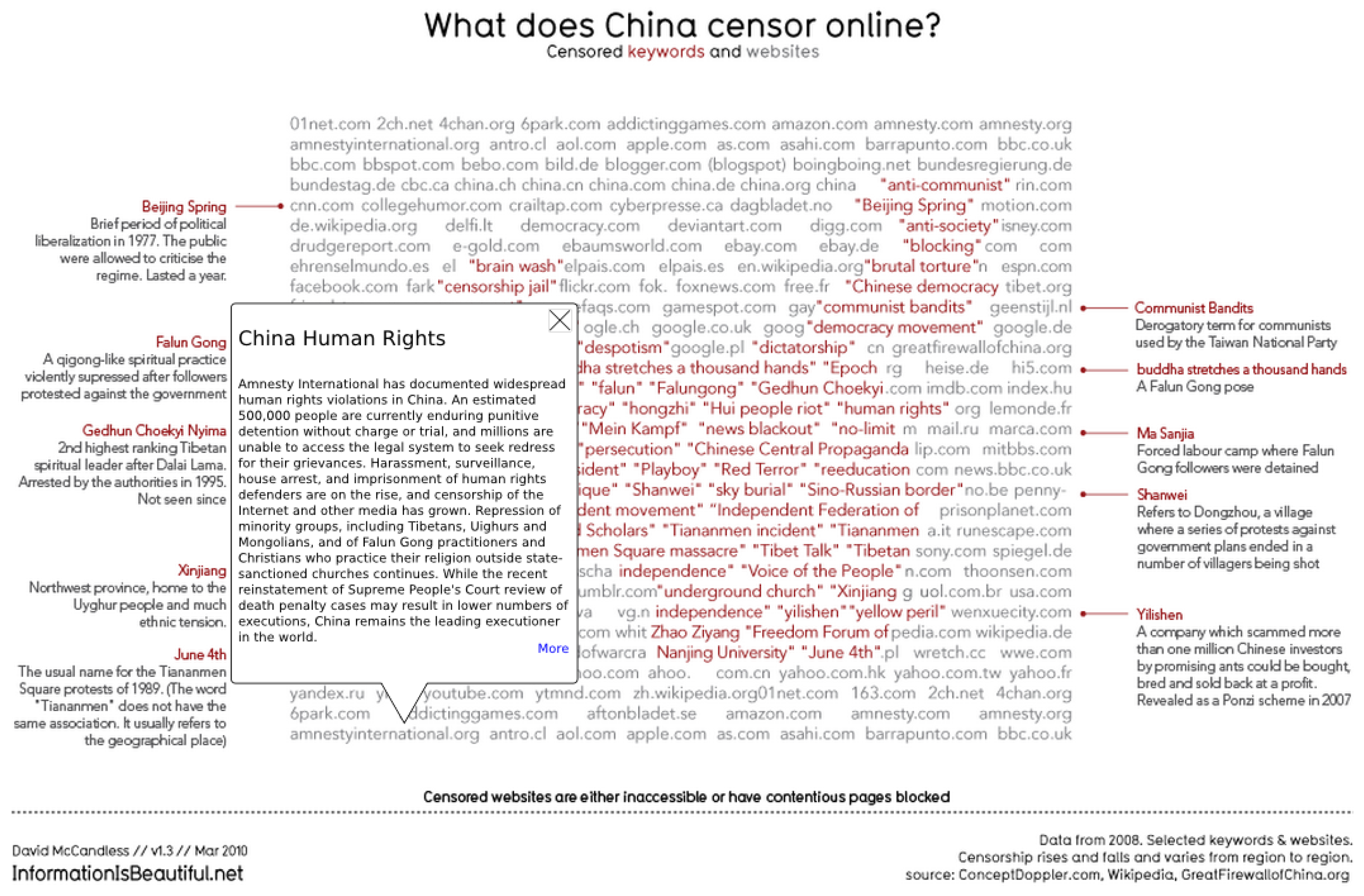

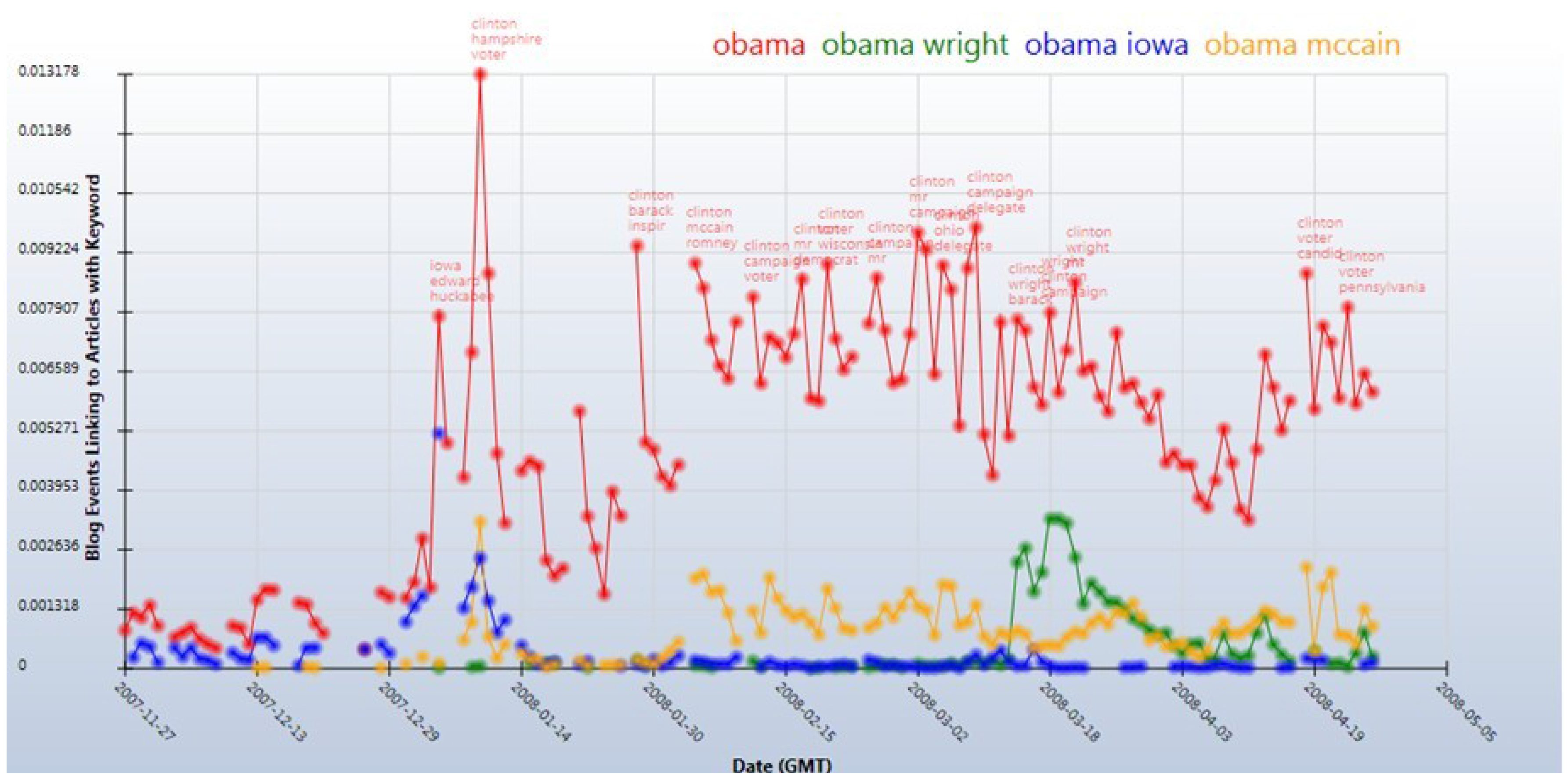
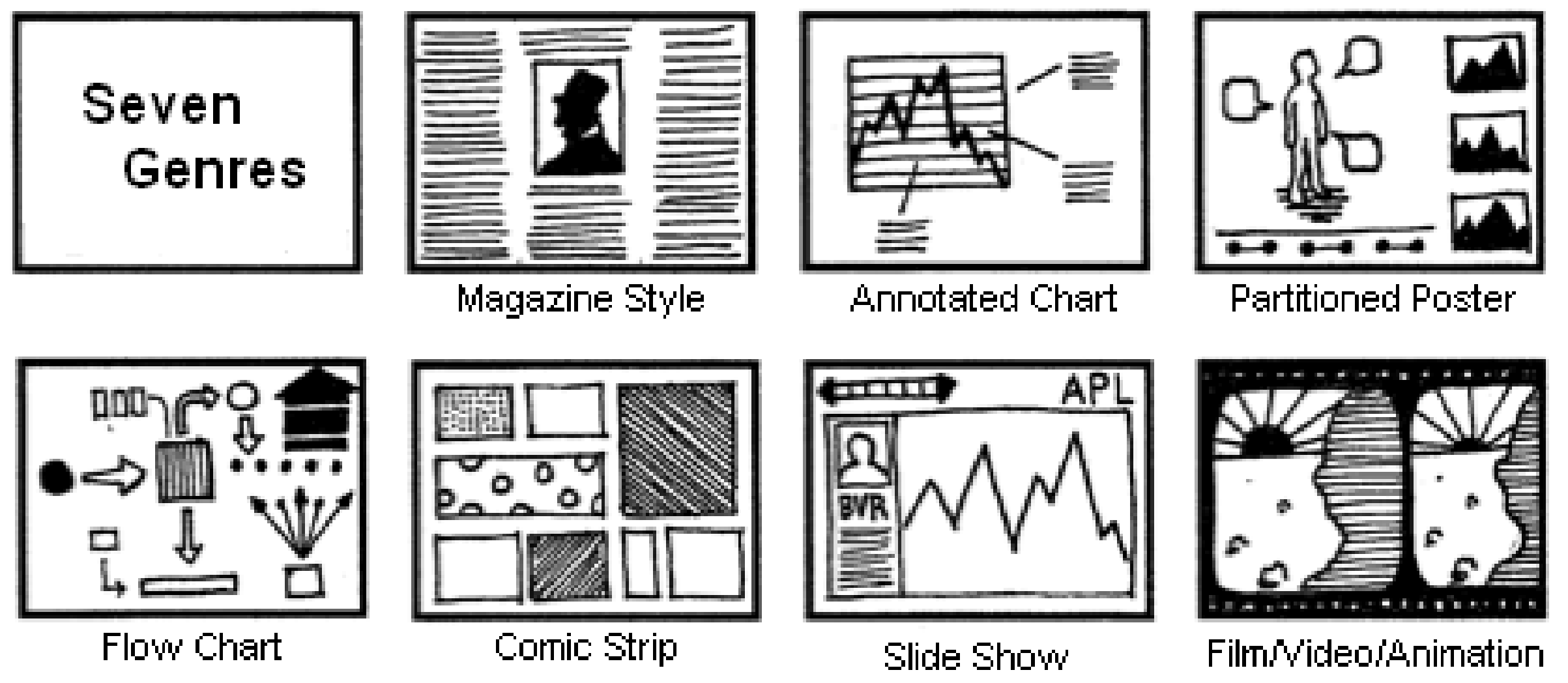
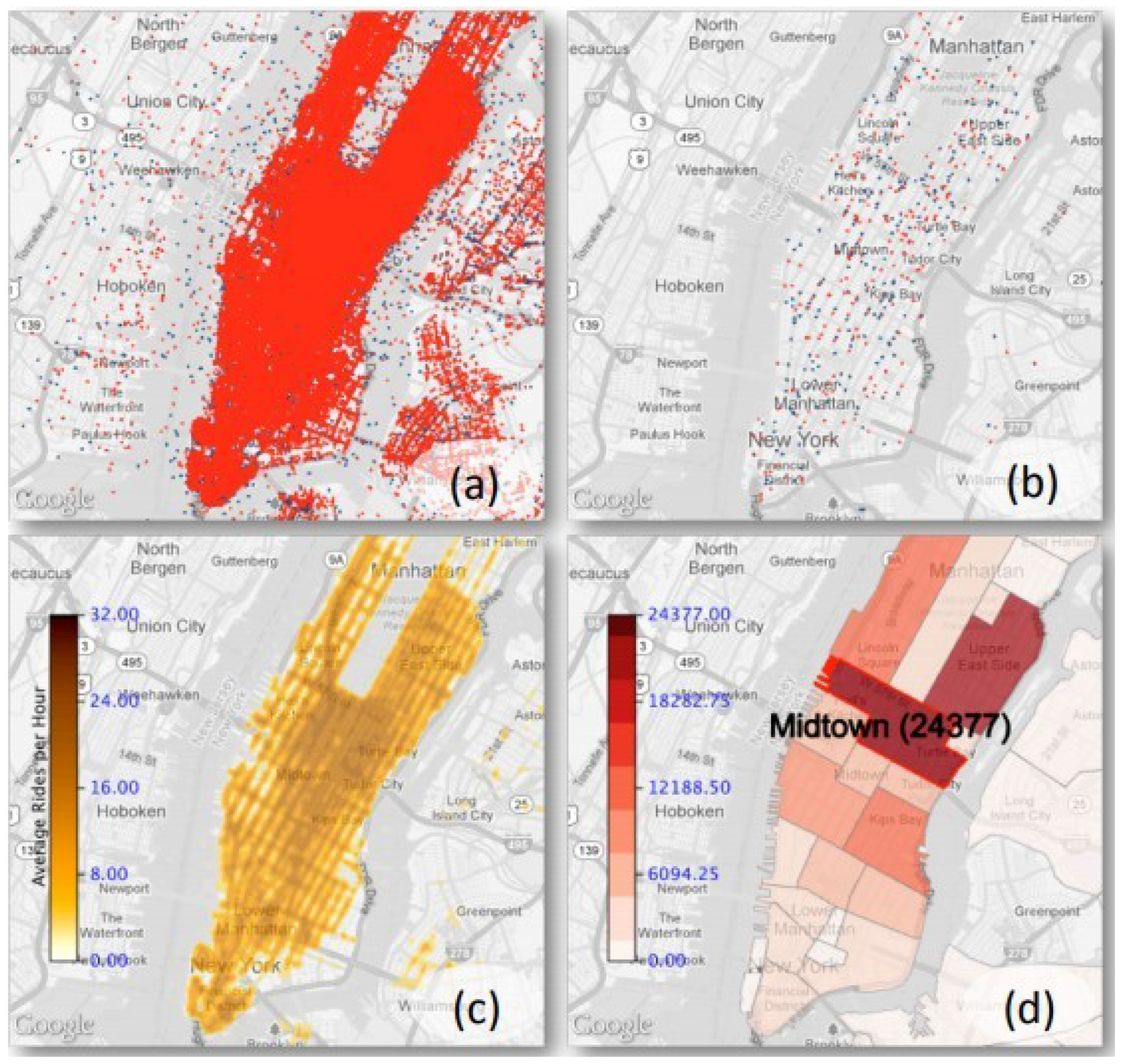

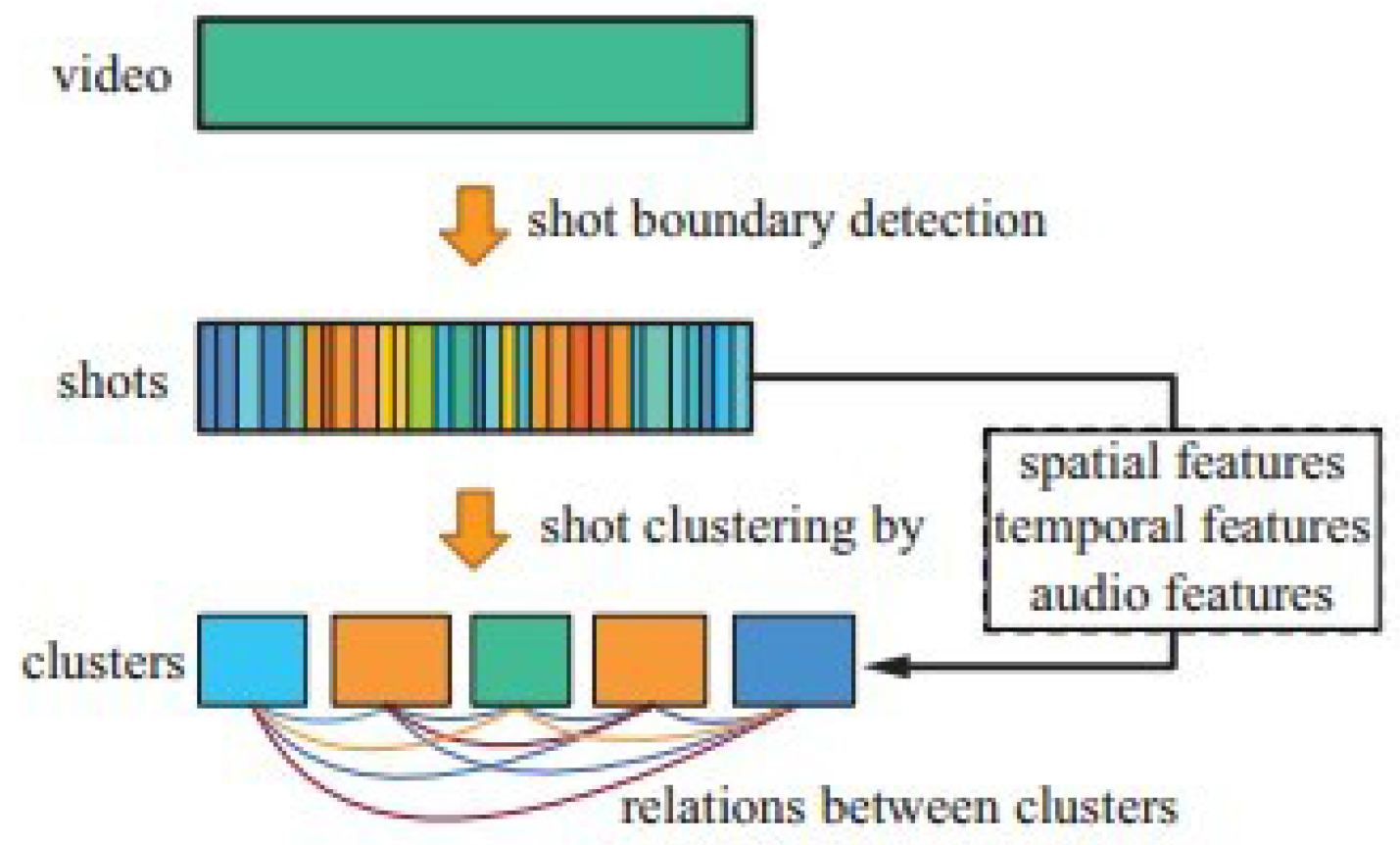



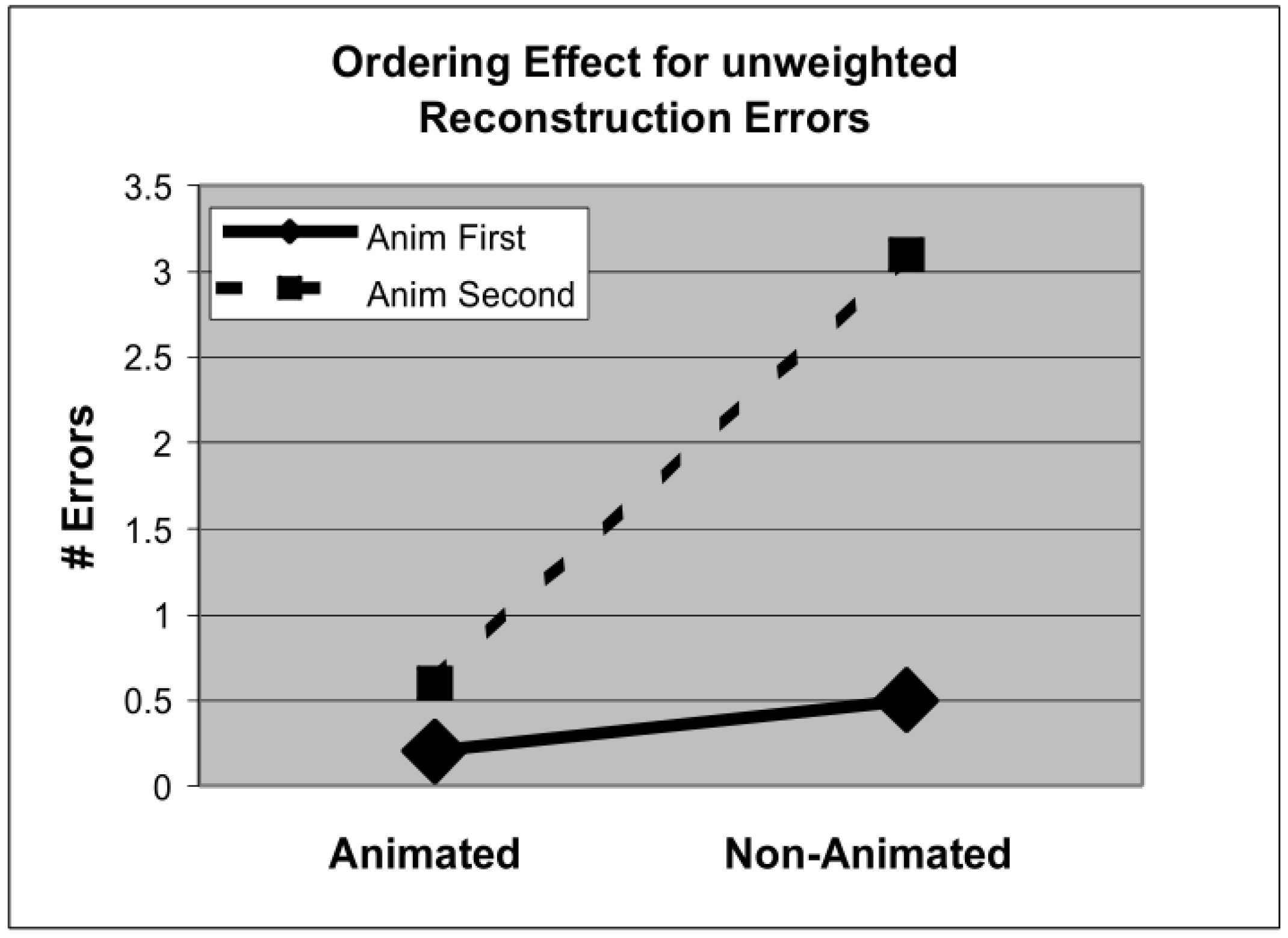

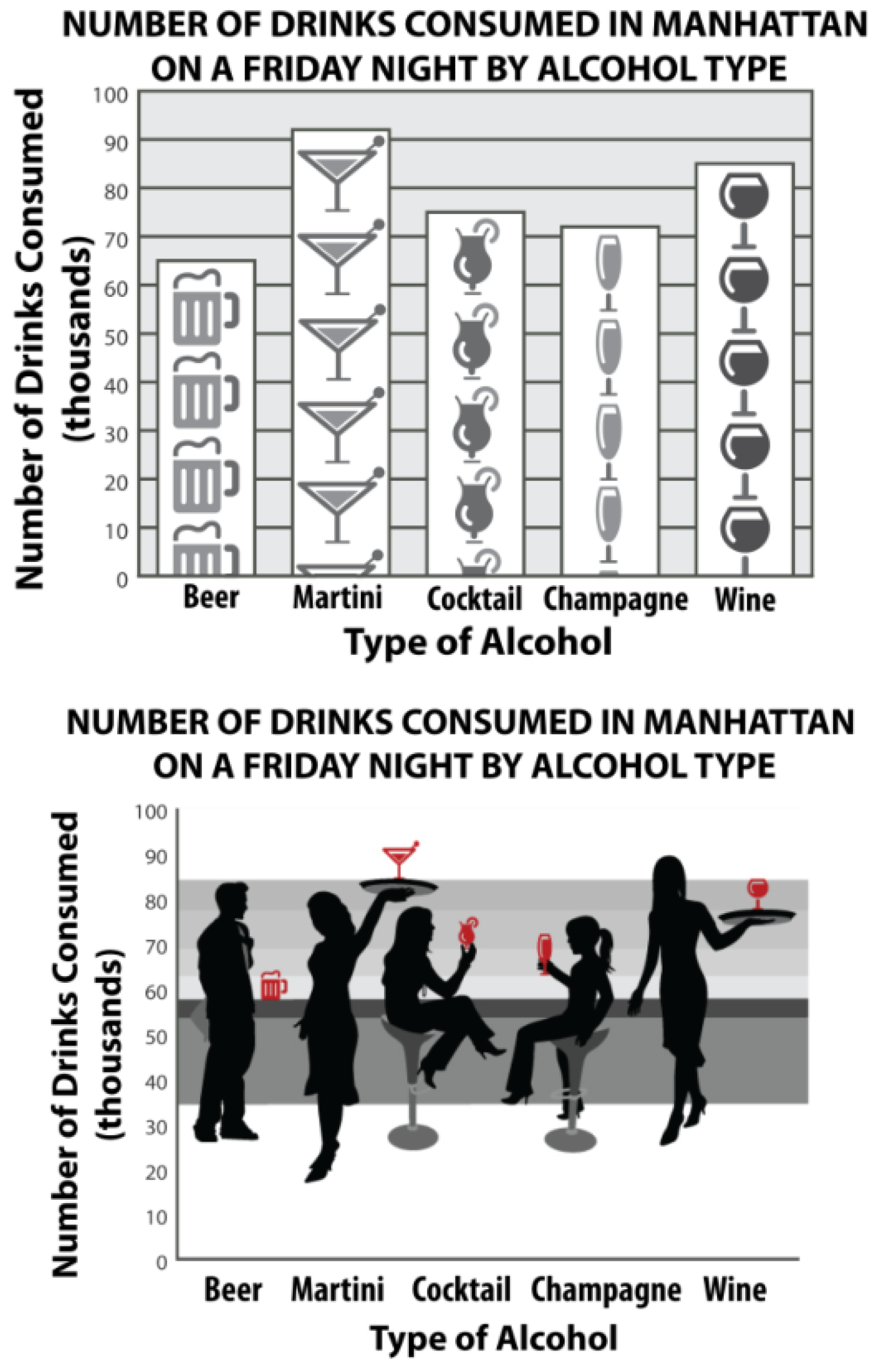
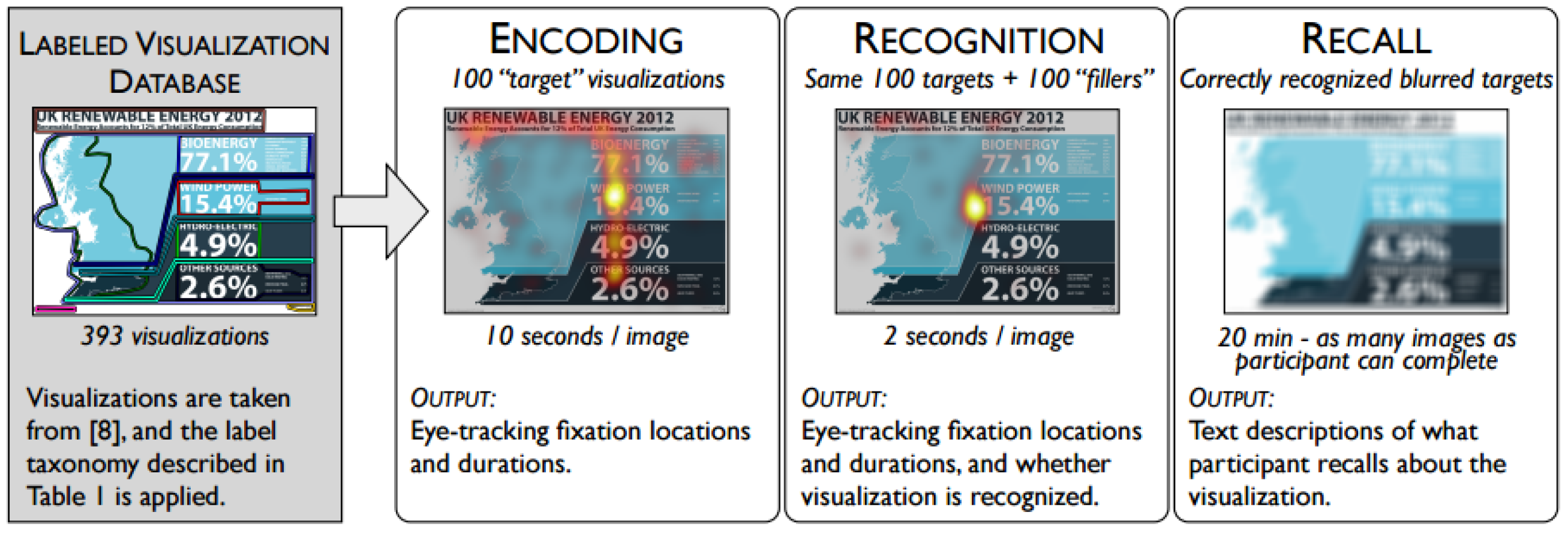
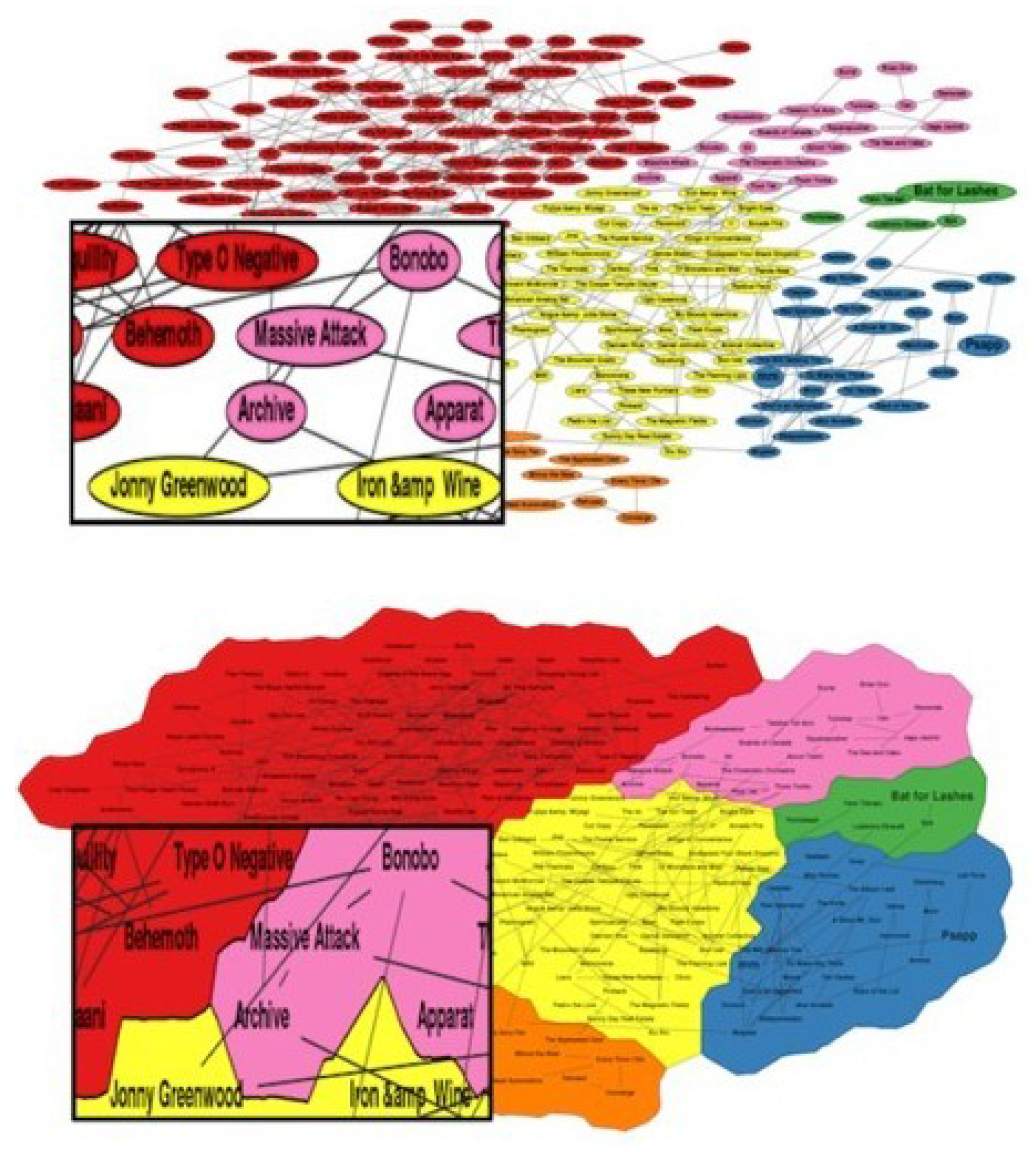
| Linear | User-Directed/Interactive | Parallel | Overview | ||
|---|---|---|---|---|---|
| Who | Authoring-Tools | Gershon et al., 2001 [16] Lu and Shen, 2008 [17] Cruz et al., 2011 [18] | Wohlfart, 2006 [19] Wohlfart et al., 2007 [20] Lidal et al., 2012 [21] Lee et al., 2013 [22] Lidal et al., 2013 [3] Lundblad et al., 2013 [23] Fulda et al., 2016 [24] Amini et al., 2017 [25] | Eccles et al., 2007 [26] Kuhn et al., 2012 [27] | |
| User Engagement | Figueiras, 2014 [28] Boy et al., 2016 [29] Borkin et al., 2016 [30] | Mahyar et al., 2015 [31] | |||
| How | Narrative | Hullman et al., 2013 [32] Hullman et al., 2013 [14] Gao et al., 2014 [33] Amini et al., 2015 [34] Bach et al., 2016 [35] | Viegas et al., 2004 [36] Hullman et al., 2011 [37] Figueiras, 2014 [28] Figueiras, 2014 [38] Nguyen et al, 2014 [39] Satyanarayan et al., 2014 [40] Gratzl et al., 2016 [41] | Akashi et al., 2007 [42] Fisher et al., 2008 [43] Hullman et al., 2011 [37] Bryan et al., 2017 [44] | Segel and Heer, 2010 [5] Lee et al., 2015 [10] |
| Static Transitions | Ferreira et al., 2013 [45] | Robertson, 2008 [46] Chen et al., 2012 [47] Tanhashi et al., 2012 [48] Liu et al., 2013 [49] Ferreira et al., 2013 [45] | |||
| Animated Transitions | Heer et al., 2007 [50] Liao et al., 2014 [51] | Bederson and Boltman, 1999 [52] Akiba et al., 2010 [53] Nagel et al., 2016 [54] | |||
| Why | Memorability | Bateman et al., 2010 [15] Borkin et al., 2016 [30] | Saket et al., 2015 [55] | ||
| Interpretation |
| Scientific Visualization | Information Visualization | Geo-Spatial Visualization | |
|---|---|---|---|
| Authoring Tools | Wohlfart, 2006 [19] Wohlfart et al., 2007 [20] Lu and Shen, 2008 [17] | Gershon et al., 2001 [16] Cruz et al., 2011 [18] Kuhn et al., 2012 [27] Lee et al., 2013 [22] Fulda et al., 2016 [24] Amini et al., 2017 [25] | Eccles et al., 2007 [26] Lidal et al., 2012 [21] Lidal et al., 2013 [3] Lundblad et al., 2013 [23] |
| Narrative | Viegas et al., 2004 [36] Akashi et al., 2007 [42] Fisher et al., 2008 [43] Segel and Heer, 2010 [5] Hullman et al., 2011 [37] Hullman et al., 2013 [32] Hullman et al., 2013 [14] Figueiras, 2014 [38] Figueiras, 2014 [28] Nguyen et al., 2014 [39] Amini et al., [34] Lee et al., 2015 [10] Bach et al., [35] Bryan et al., 2017 [44] Gratzl et al., 2016 [41] | Gao et al., 2014 [33] Satyanarayan et al., 2014 [40] | |
| Static Transitions | Robertson, 2008 [46] Chen et al.,2012 [47] Tanhashi et al., 2012 [48] Liu et al., 2013 [49] | Ferreira et al., 2013 [45] | |
| Animated Transitions | Akiba et al., 2010 [53] Liao et al., 2014 [51] | Bederson and Boltman, 1999 [52] Heer et al., 2007 [50] | Nagel et al., 2016 [54] |
| Memorability | Bateman et al., 2010 [15] Borkin et al., 2013 [66] | Saket et al., 2015 [55] | |
| Interpretation | |||
| Engagement | Figueiras, 2014 [28] Mahyar et al., 2015 [31] Boy et al., 2016 [29] Borkin et al., 2016 [30] |
© 2018 by the authors. Licensee MDPI, Basel, Switzerland. This article is an open access article distributed under the terms and conditions of the Creative Commons Attribution (CC BY) license (http://creativecommons.org/licenses/by/4.0/).
Share and Cite
Tong, C.; Roberts, R.; Borgo, R.; Walton, S.; Laramee, R.S.; Wegba, K.; Lu, A.; Wang, Y.; Qu, H.; Luo, Q.; et al. Storytelling and Visualization: An Extended Survey. Information 2018, 9, 65. https://doi.org/10.3390/info9030065
Tong C, Roberts R, Borgo R, Walton S, Laramee RS, Wegba K, Lu A, Wang Y, Qu H, Luo Q, et al. Storytelling and Visualization: An Extended Survey. Information. 2018; 9(3):65. https://doi.org/10.3390/info9030065
Chicago/Turabian StyleTong, Chao, Richard Roberts, Rita Borgo, Sean Walton, Robert S. Laramee, Kodzo Wegba, Aidong Lu, Yun Wang, Huamin Qu, Qiong Luo, and et al. 2018. "Storytelling and Visualization: An Extended Survey" Information 9, no. 3: 65. https://doi.org/10.3390/info9030065






